May 22, 2022
Martha O'Kennon
Another week of weather or not. Last night the lights went out and a flash later a loud BAM right above my house. I asked my friend Judy from Homer if she had had that happen too, and she said yes. The rest of the week has been rain, sun, and everything in between. But at least it's Spring weather.
The Dame's Rocket is in bloom - a deeper pink, a light pink. Third is the "Apple" which hangs under the May Apple plant.
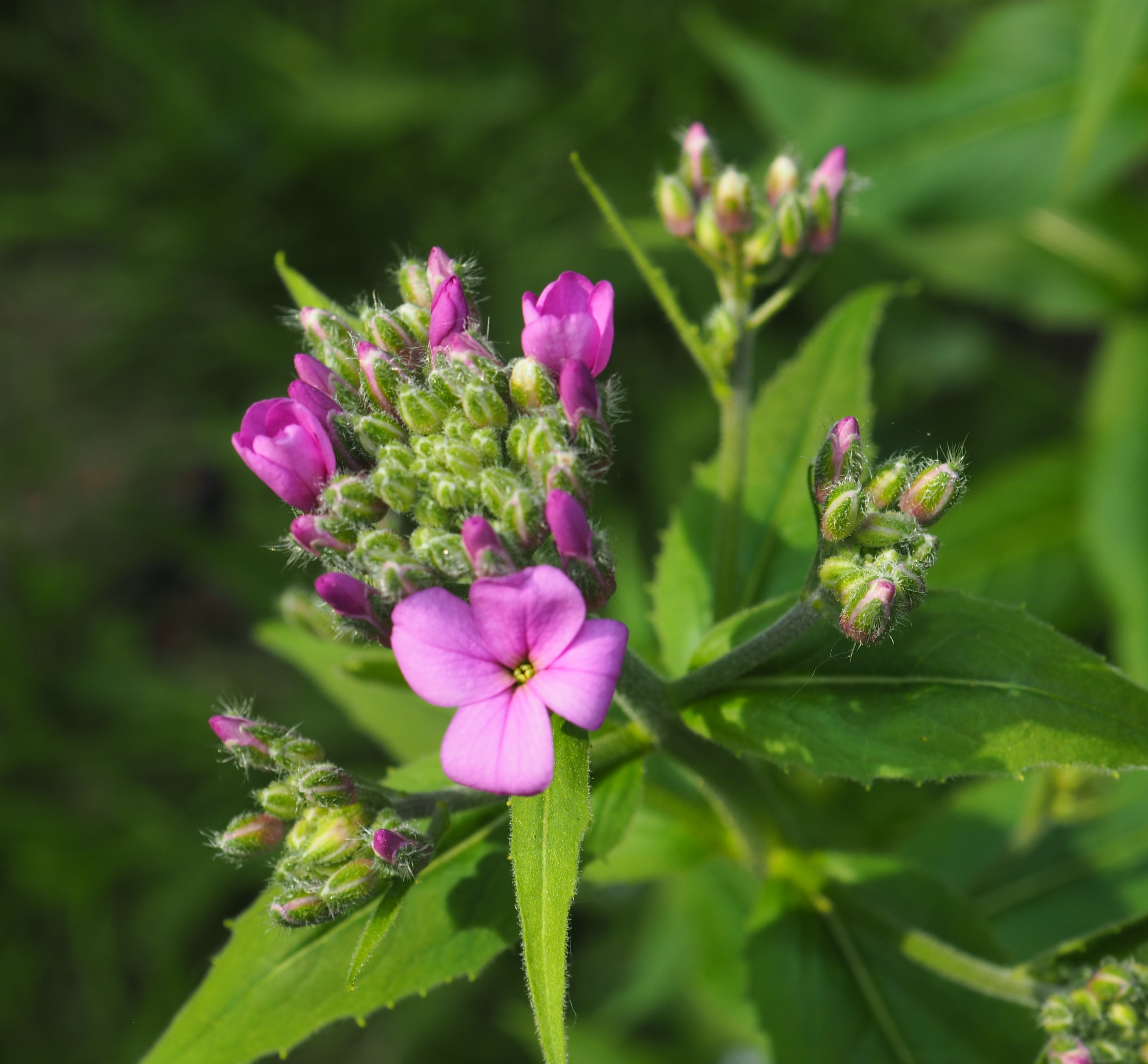
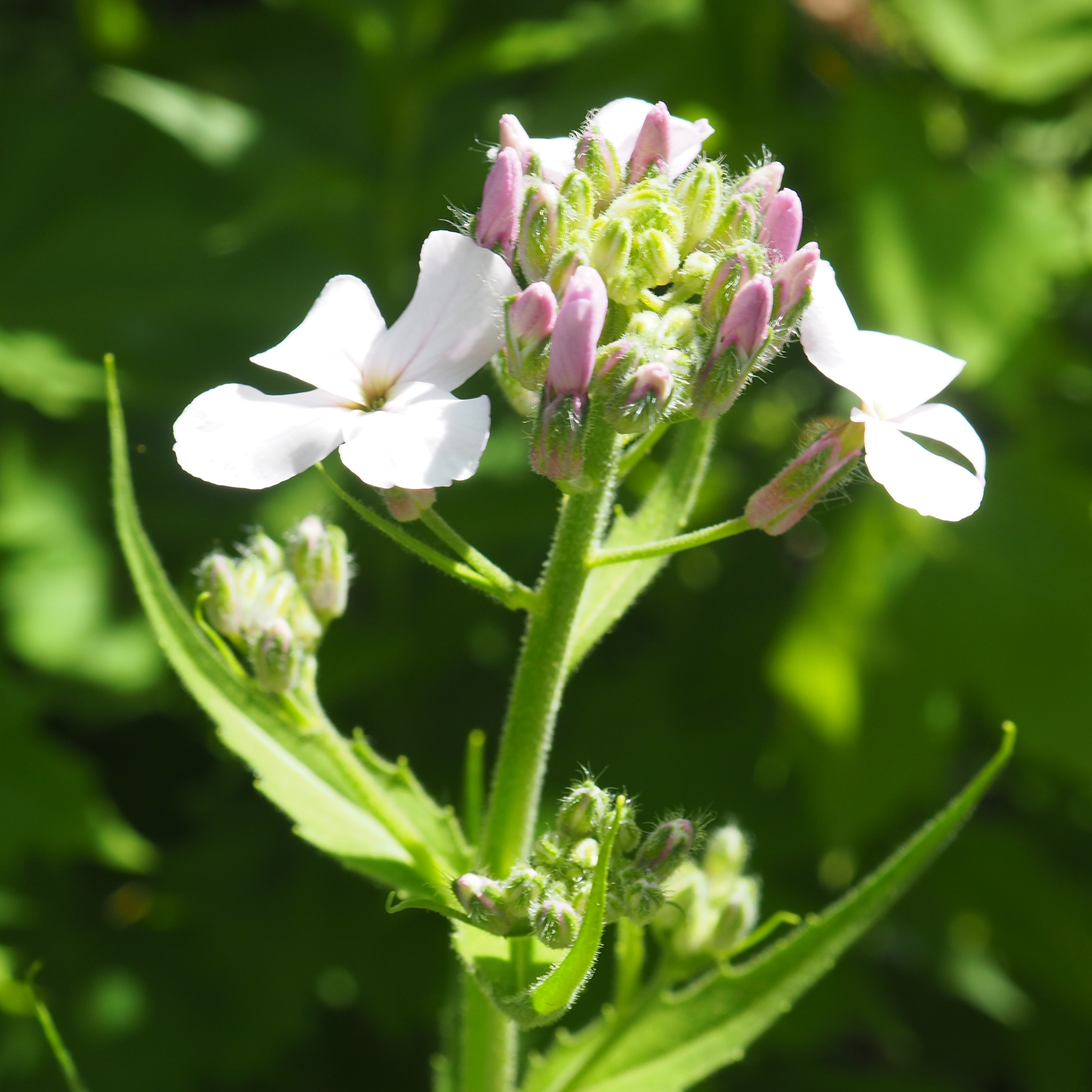

This first Nearctic Carpenter Ant seems to be carrying along an elaiosome, a gift from a plant for the honor of carrying off the seed enclosed in it (the elaisosome). I haven't gotten a confirmation for this yet, but it's a possibility. Next is another Nearctic, and last is an Eastern Black Carpenter Ant.
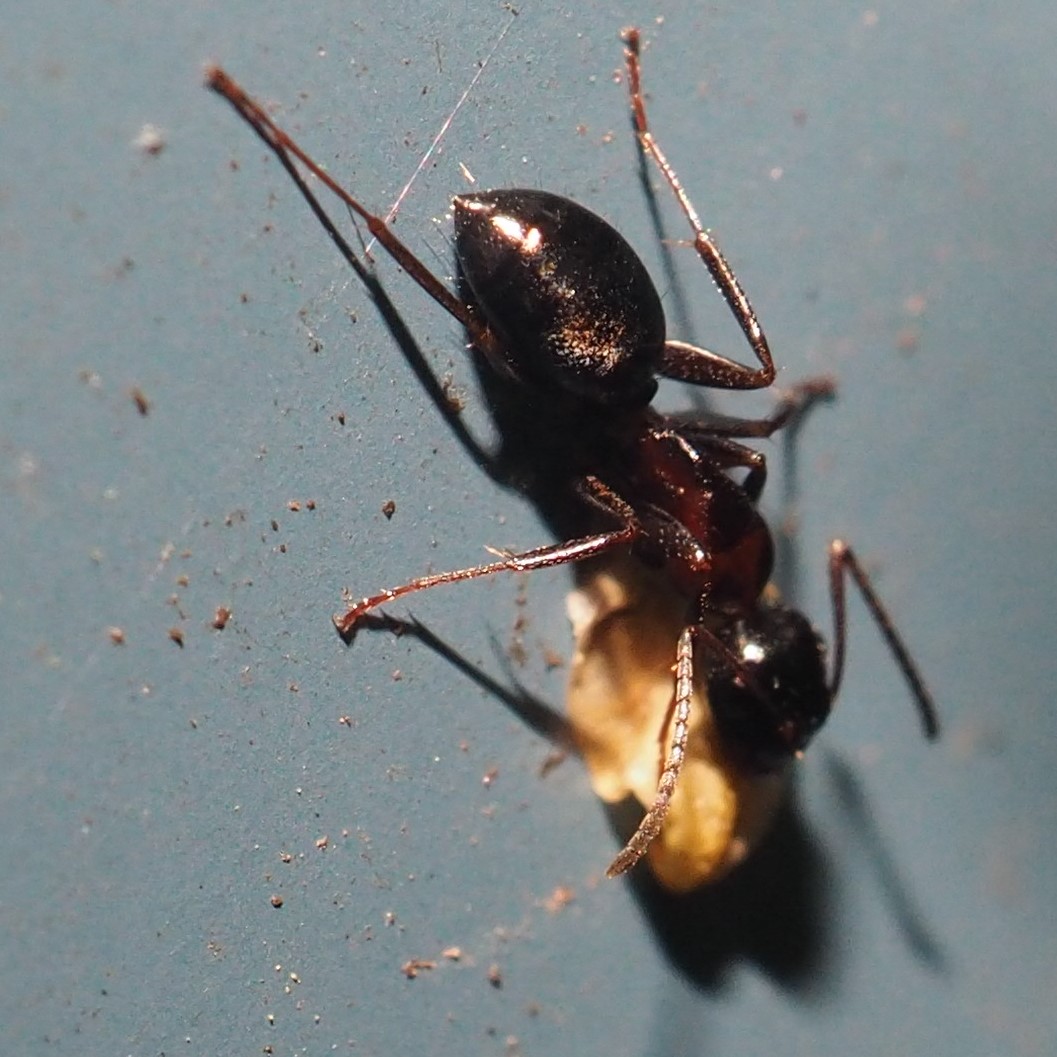
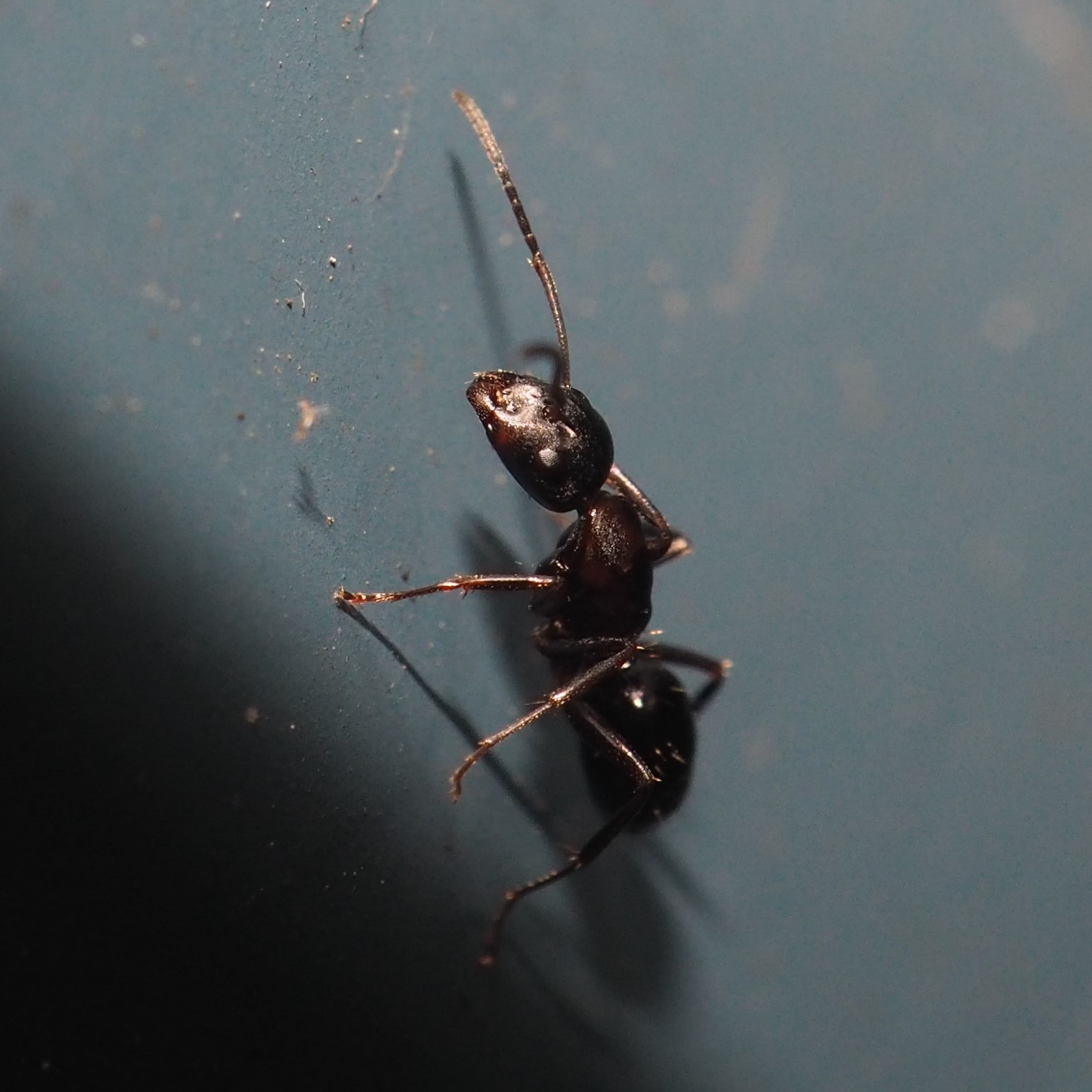
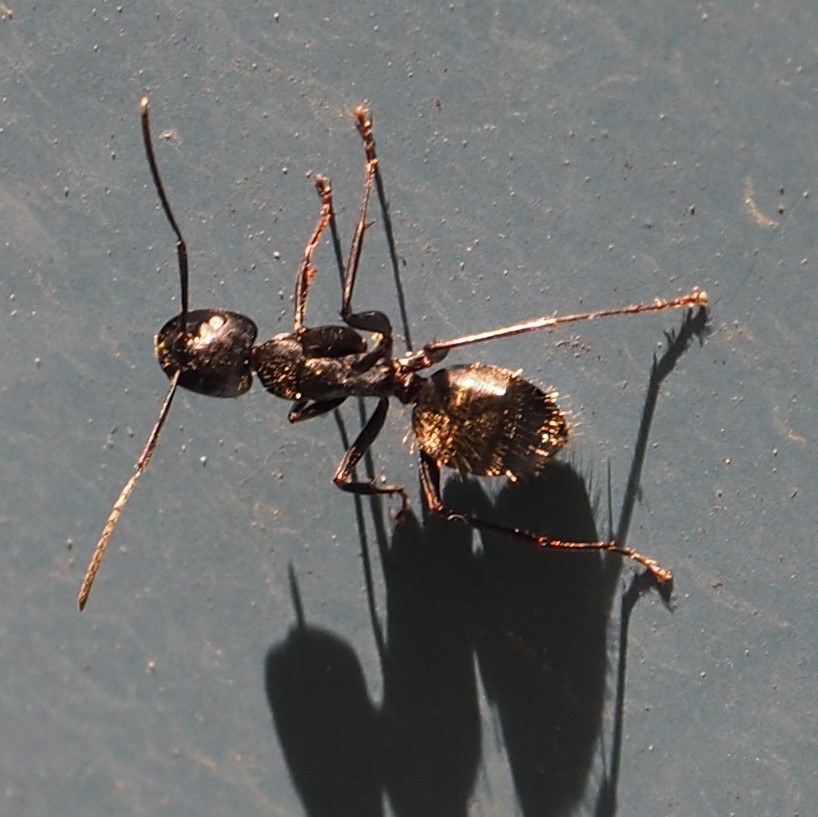
Let's look at some of the Beetles. First is a little Black Beetle with tiny pink antenna-toppers, possibly of the subfamily Scolytinidae (bark and ambrosia beetles). Next is one lying upside down under the shop bottom frame. Third is a member of genus Carpophilus, a seed-feeding Beetle.
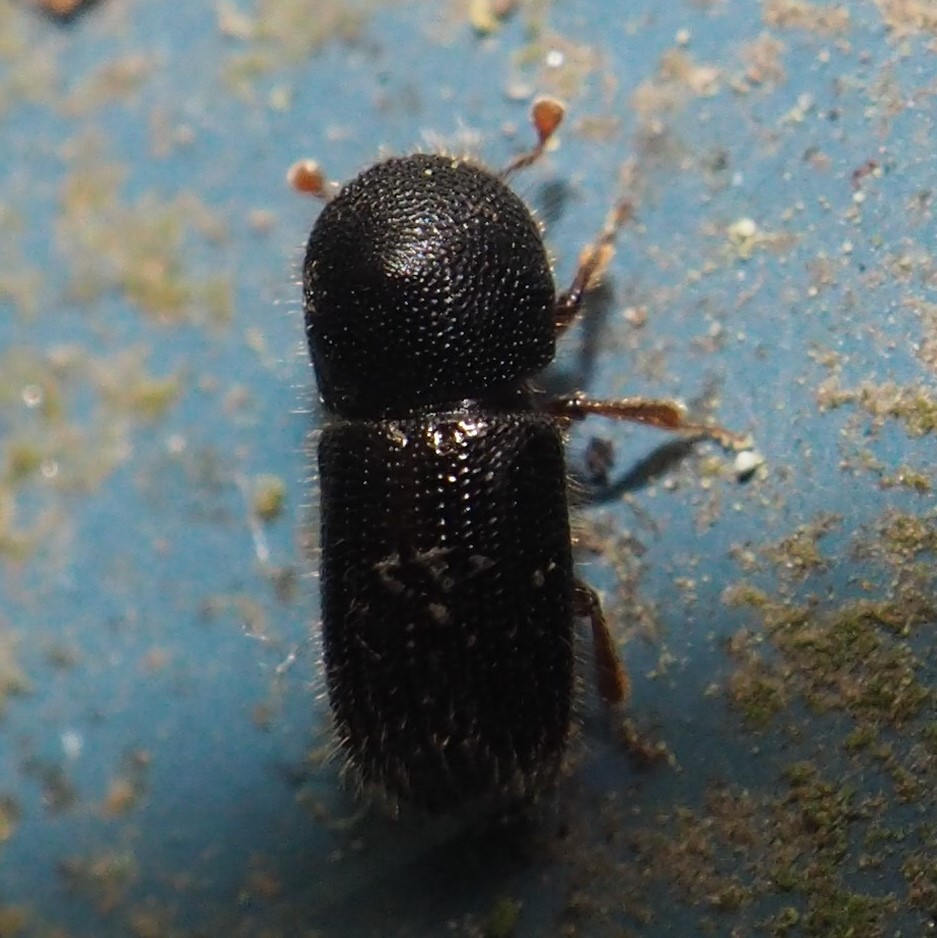
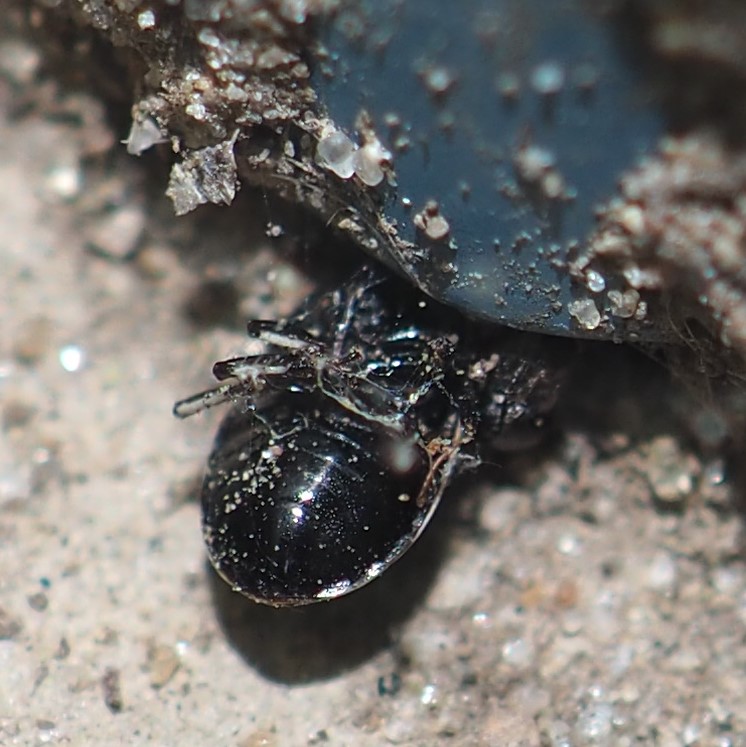

First here is Phyllotreta ochripes, an eater of Garlic Mustard. The second Beetle may also be of genus Carpophilus. Maybe?
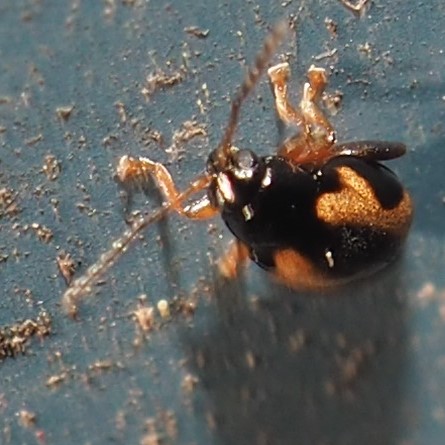

So let's take a look at the last of the Beetles and the first of the Bugs. One and Two are the same Weevil from two angles. Number 3 is that White-margined Burrowing Bug, and number 4 is our old friend the Pale Green Assassin Bug (Zelus luridus) in its developing colors.
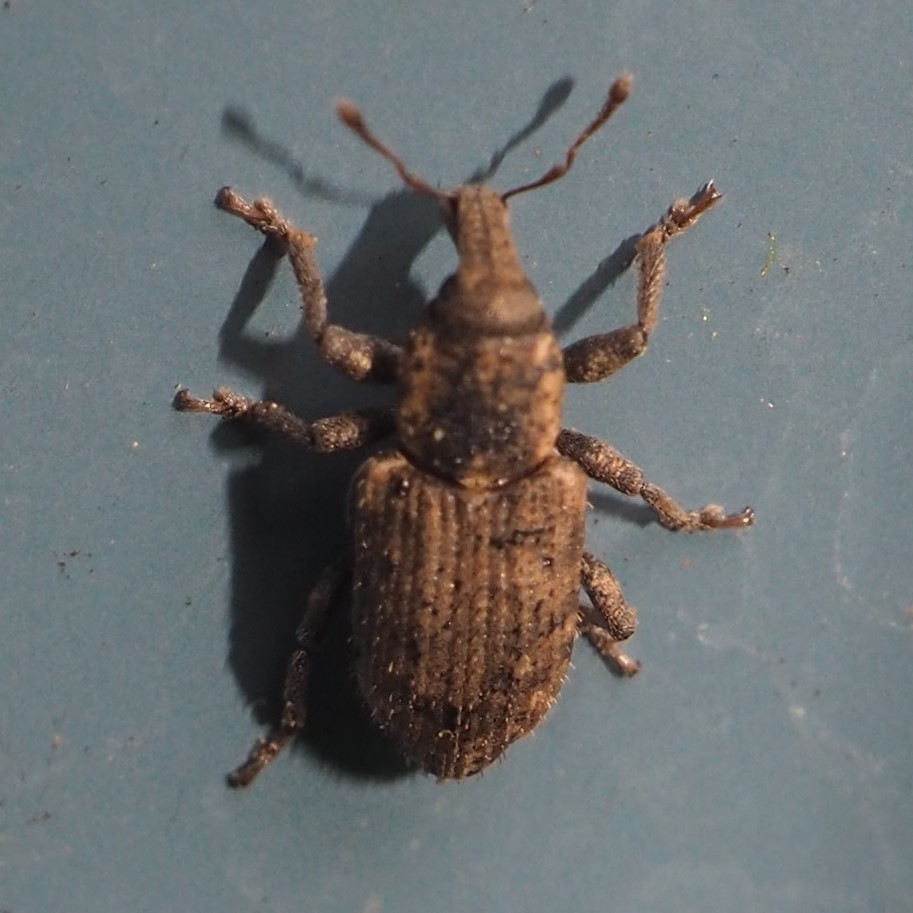
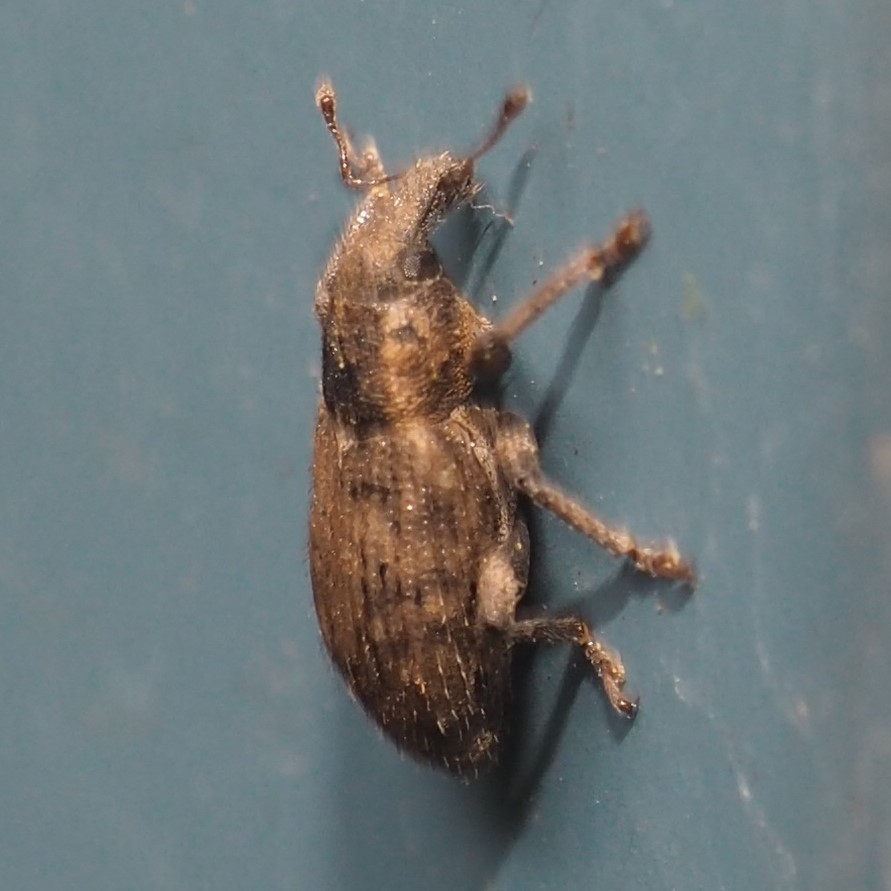

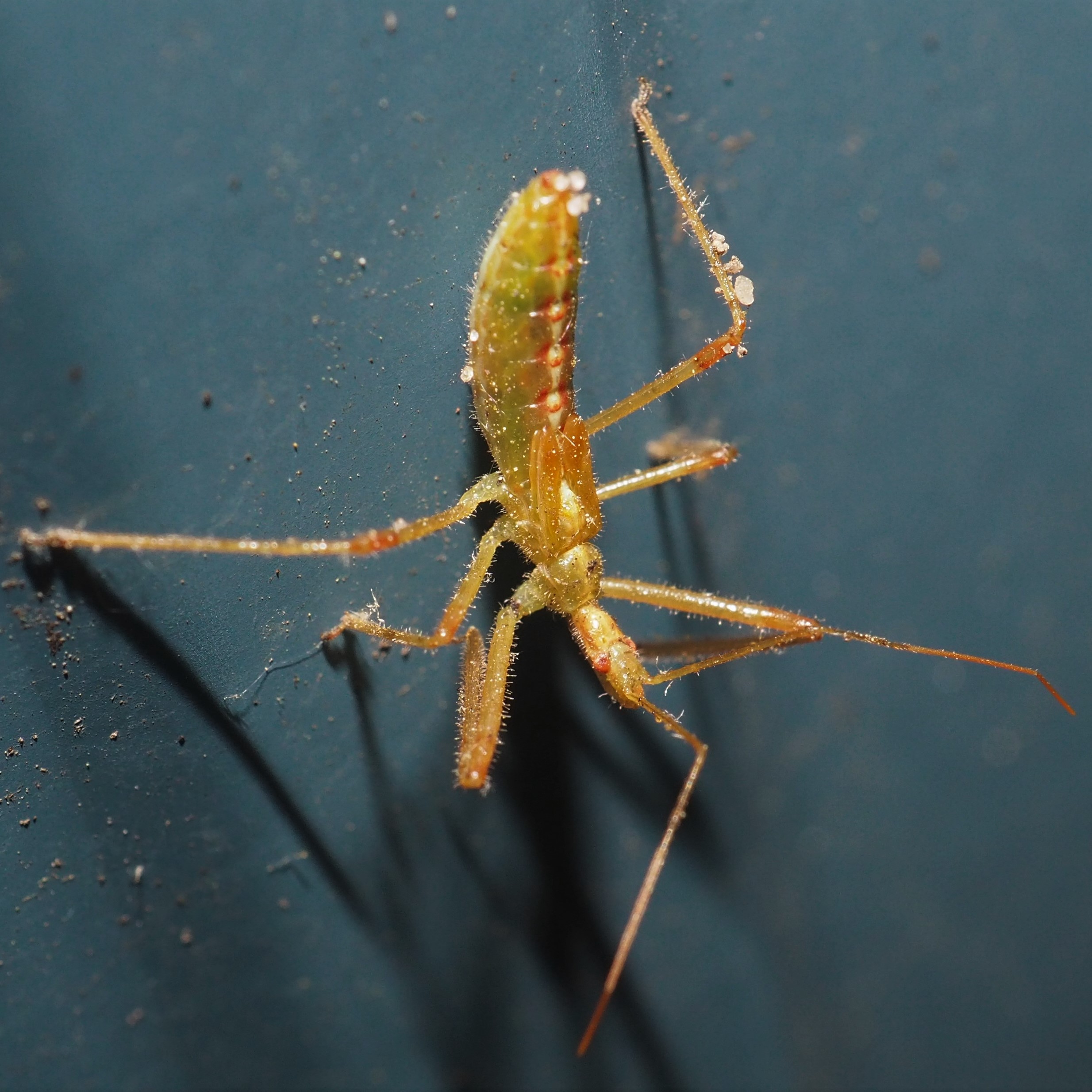
We had a pretty spectacular Fly Season this past week. Here are some of the Muscoid (looks like what you and I think of as a FLY) Flies we saw.


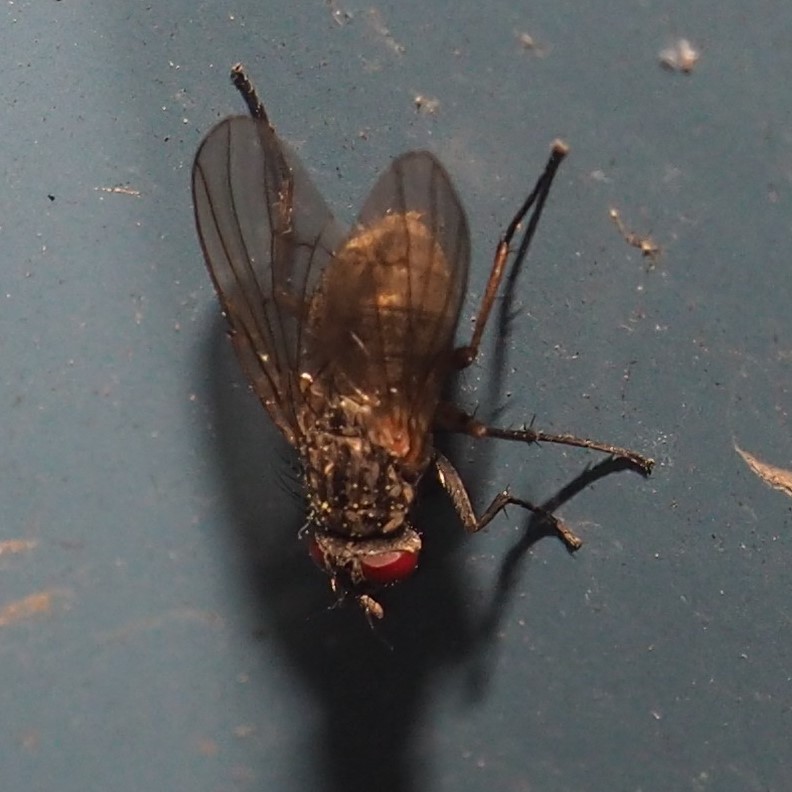
More Housefly-like Flies. When I say Housefly-like, I mean "looks like the thing in the cake icing". First is one that I think is from genus Phaonia. Then two pictures of a Common Snipe Fly. Is that what the Boy Scouts hunt?
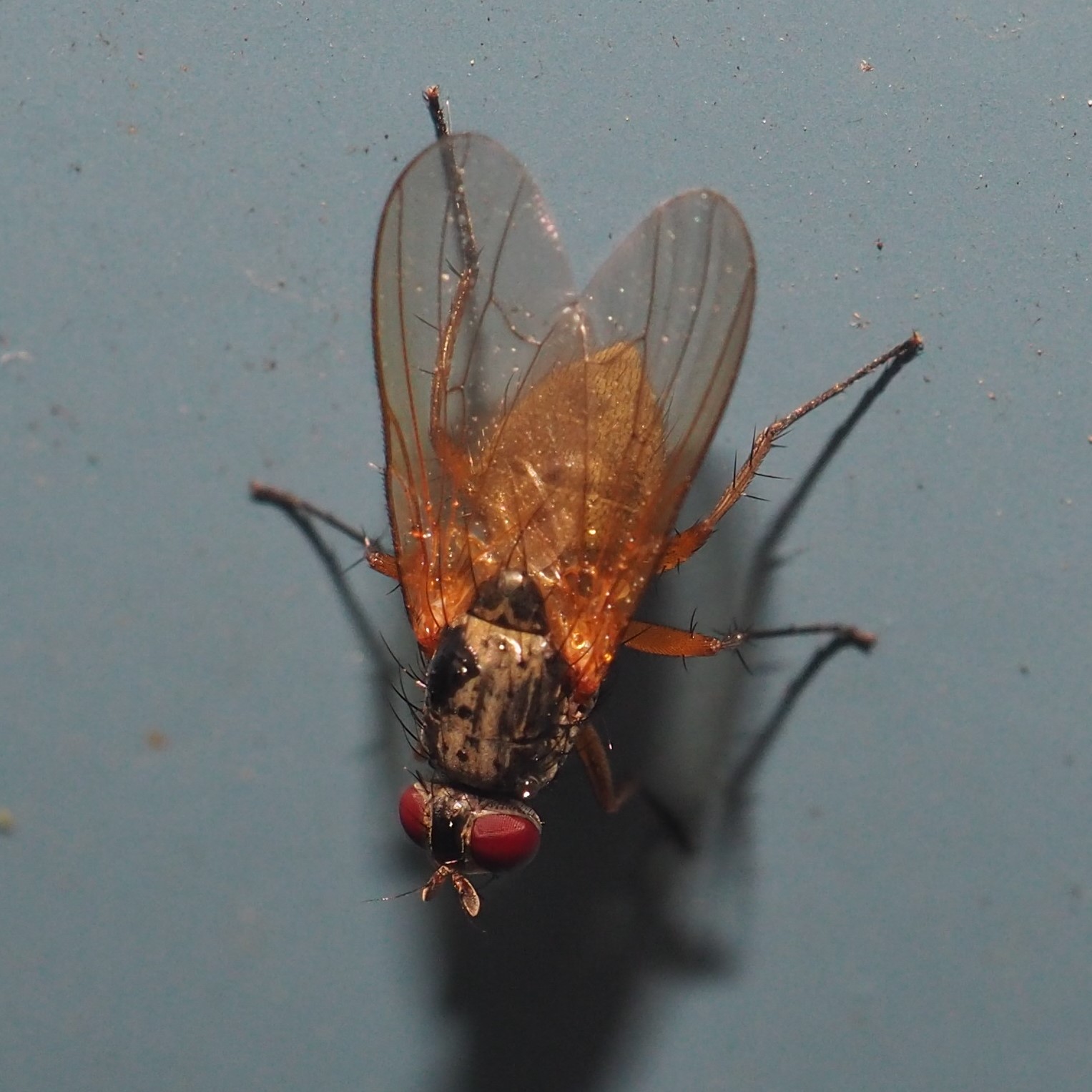
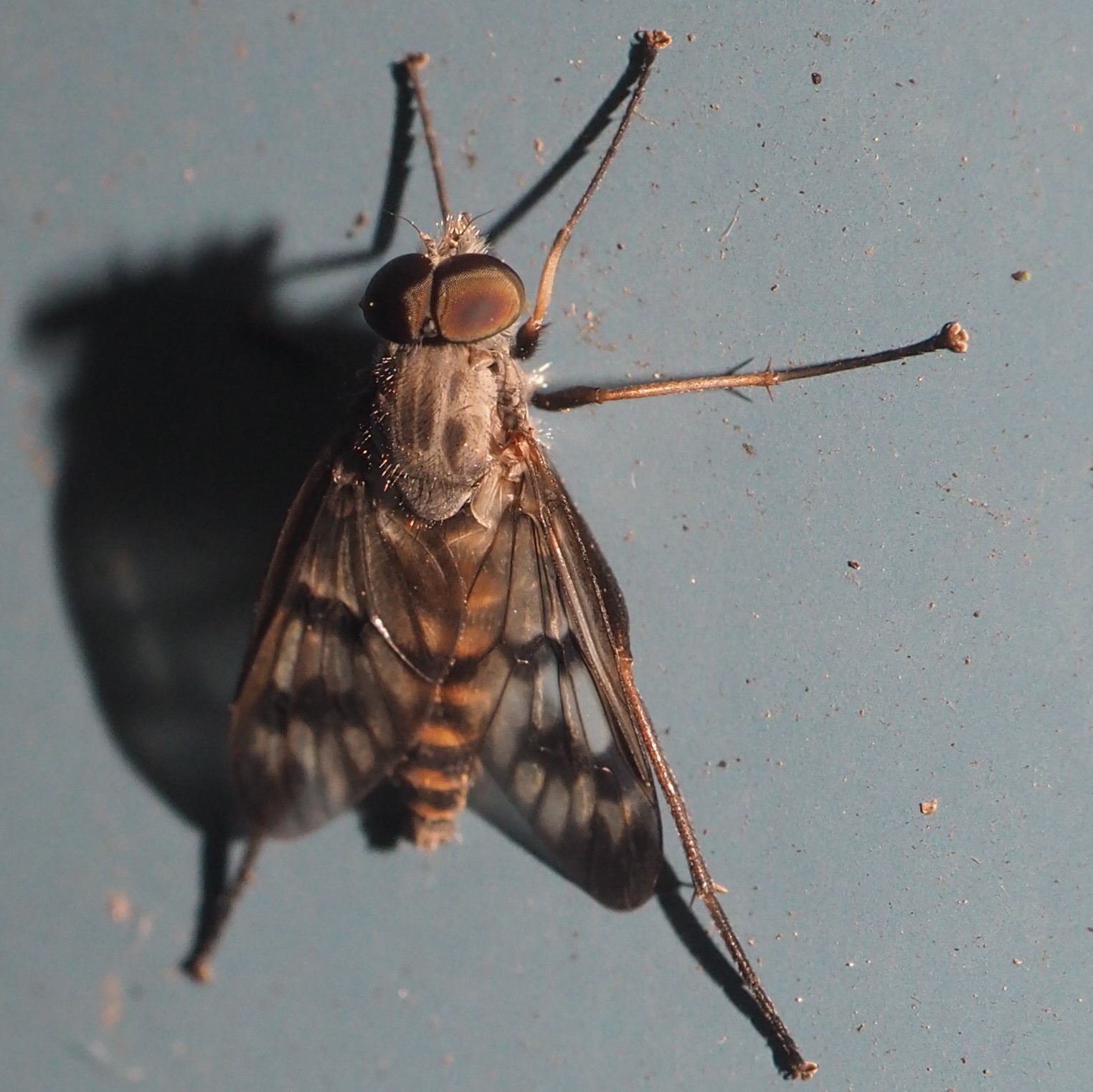
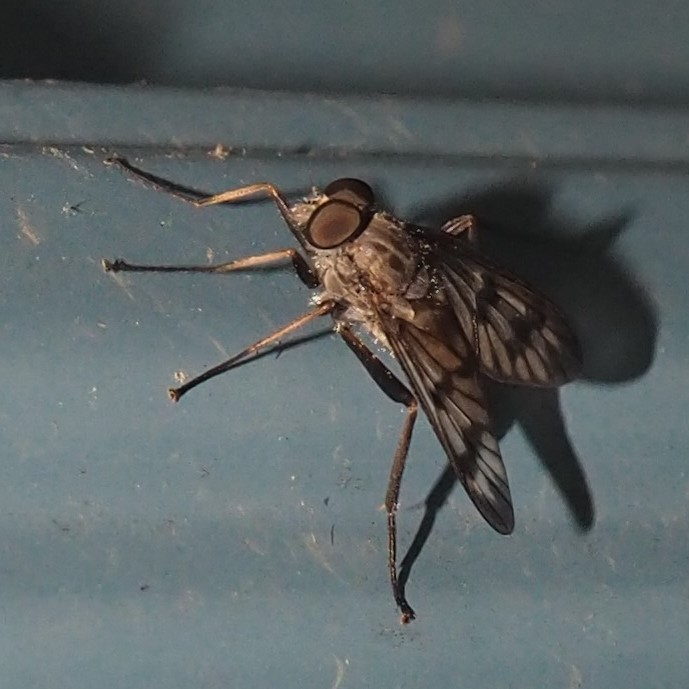
Here is a possible Fungus Gnat, but they are so hard to nail down. Why? Because there are so many of them! The ID app in iNat judged number 2 to be a member of genus Poecilolycia. What a Fly! Third is our old friend in genus Suillia.
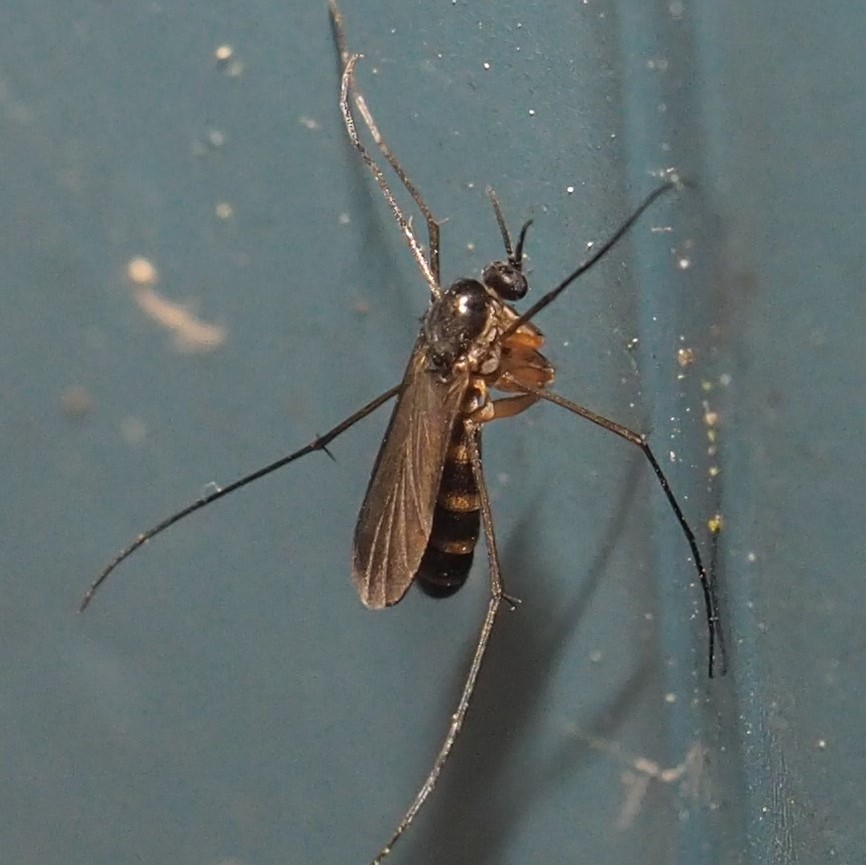
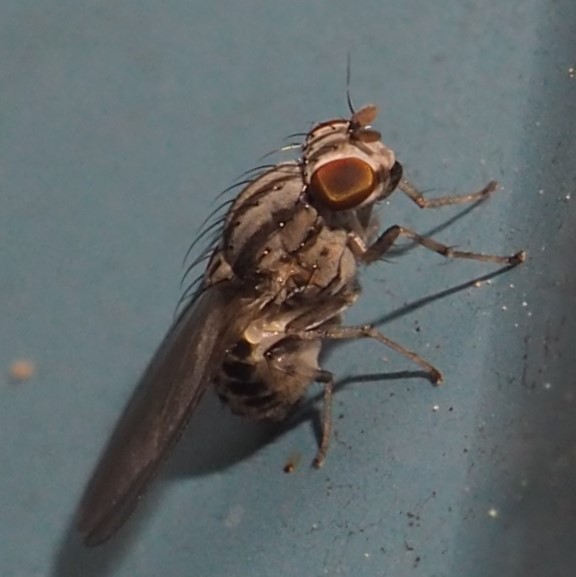
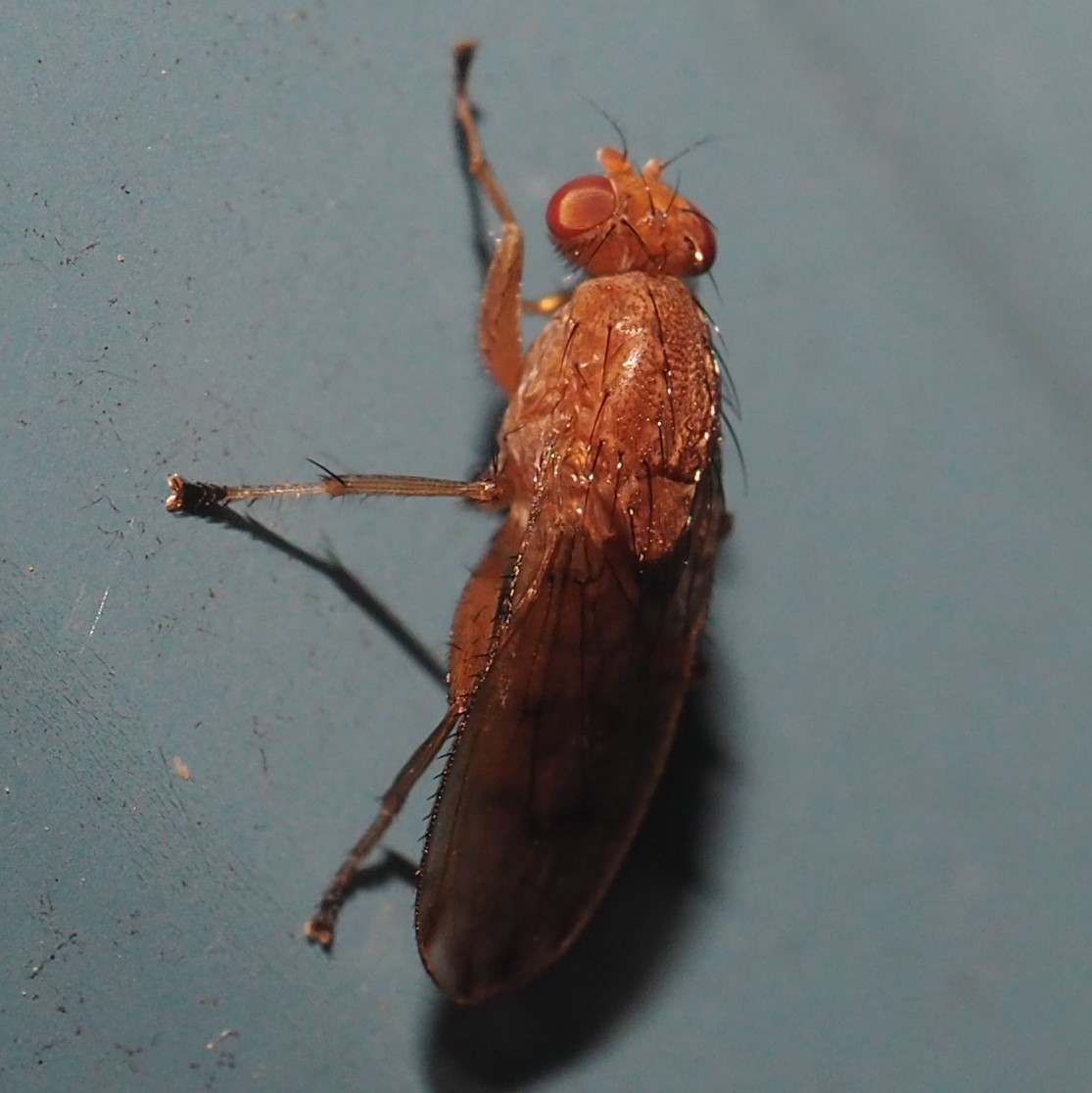
Now for that common Fly form, the mosquito/midge shape. We were so lucky to have seen Midges in Green!
What a beautiful tiny creature!
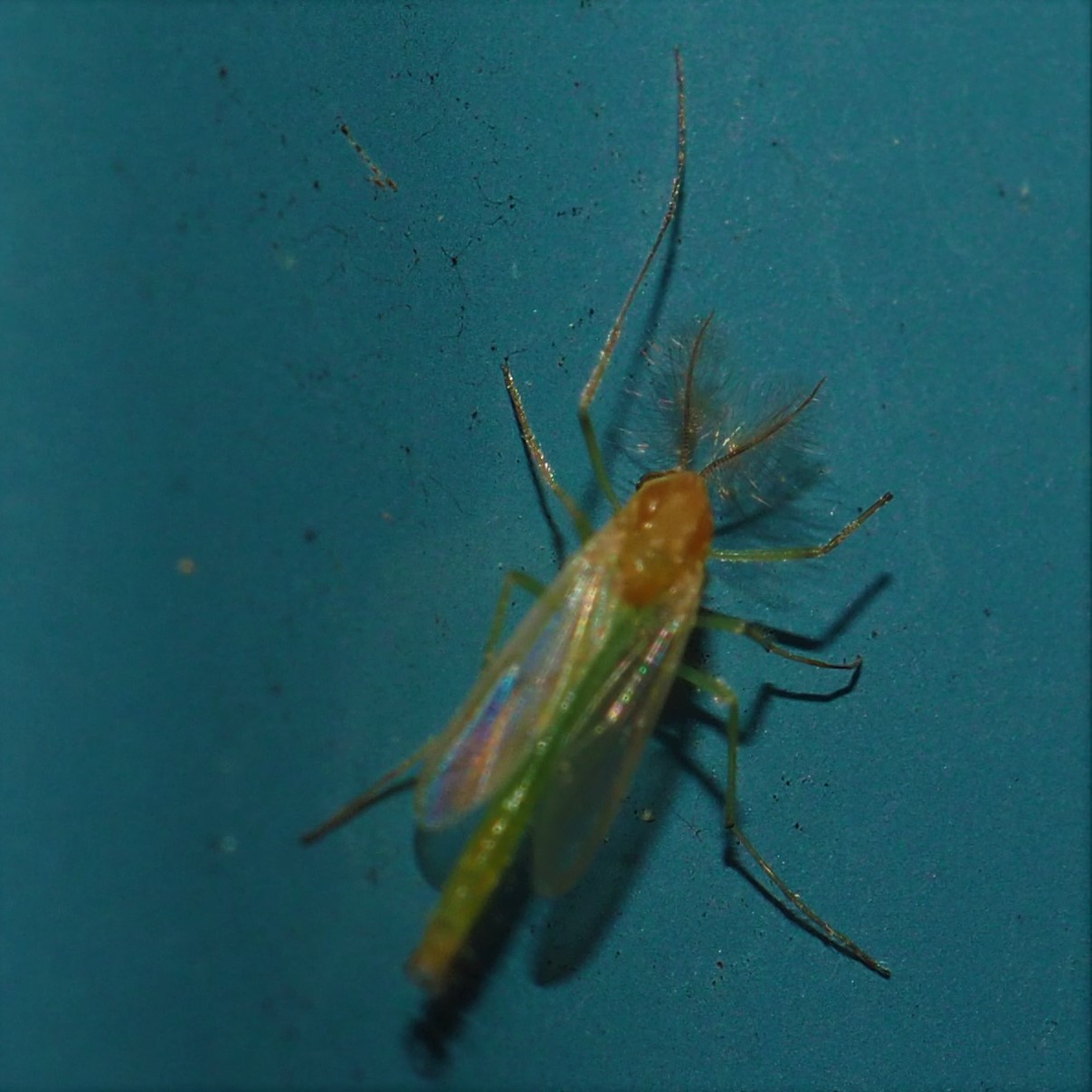
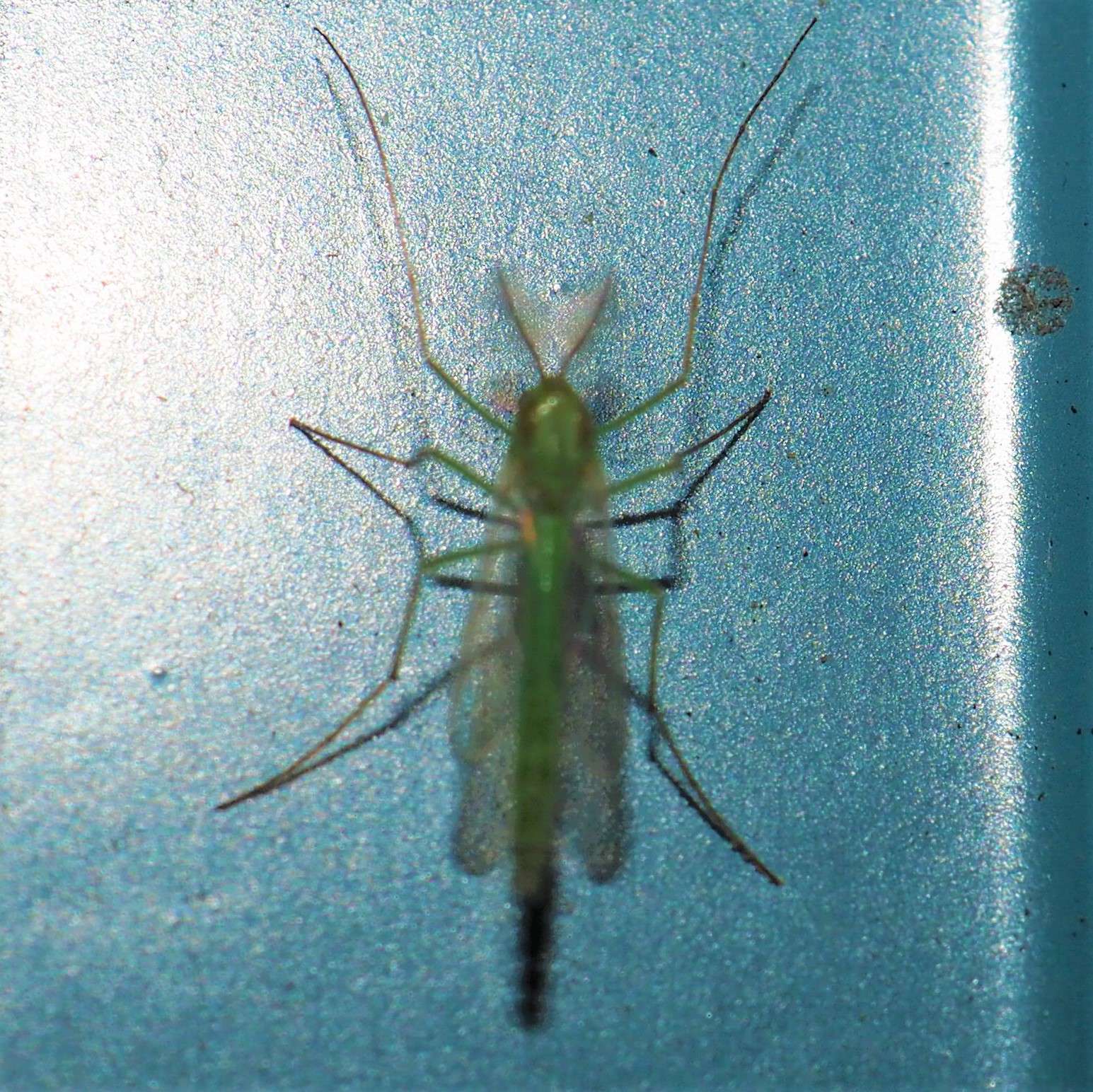
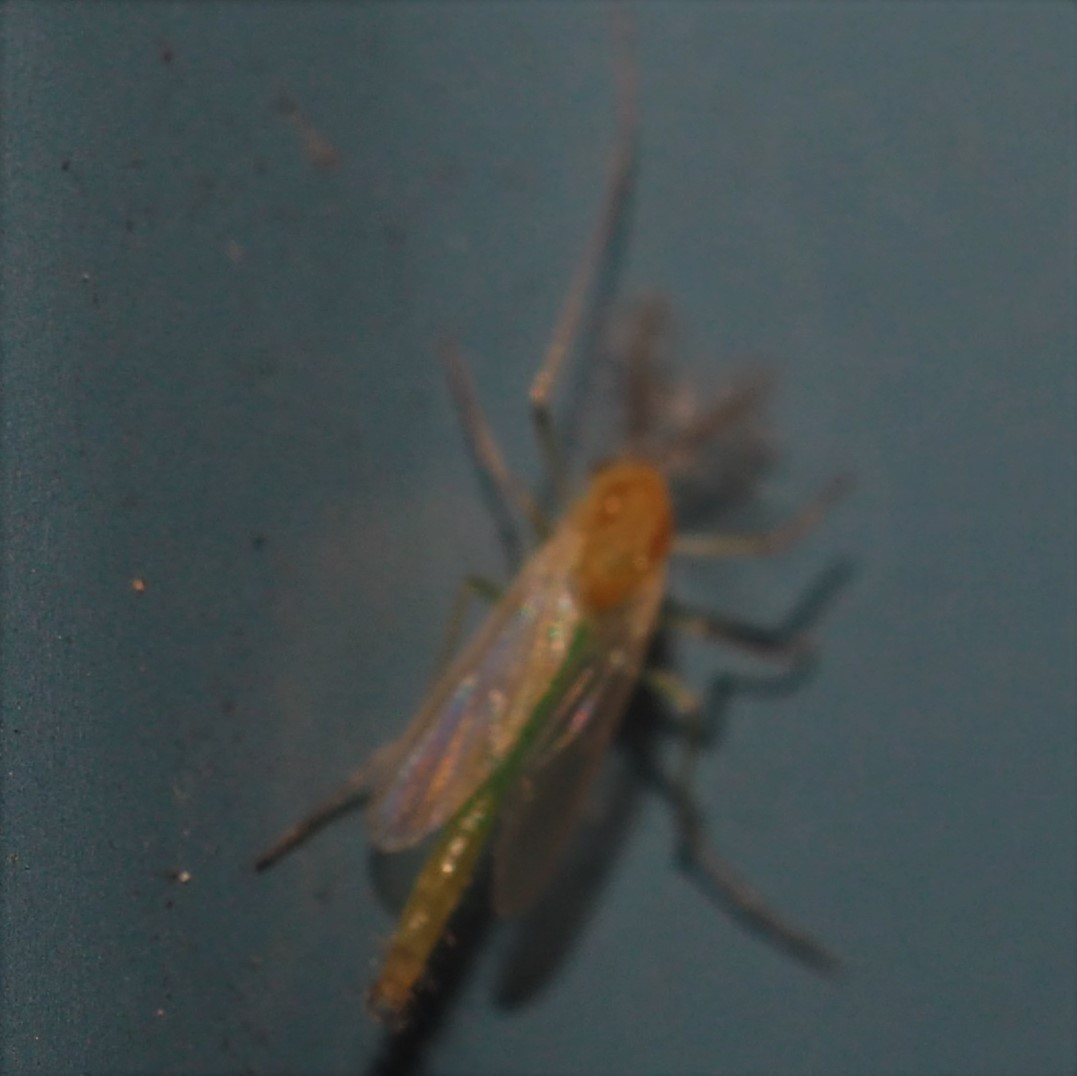
The Mosquitoes are gradually showing their own true form. The Aedes genus is blesse' (French usage) with these Asian Bush Mosquitoes. Number 2 is also Aedes, but not quite identifiable, says @ospr3y in iNat. Since we had only one Crane Fly, we have just room to place this not-yet ID'ed one. AND add in this Bathroom Moth Fly. It is a Fly mimicking a Moth!
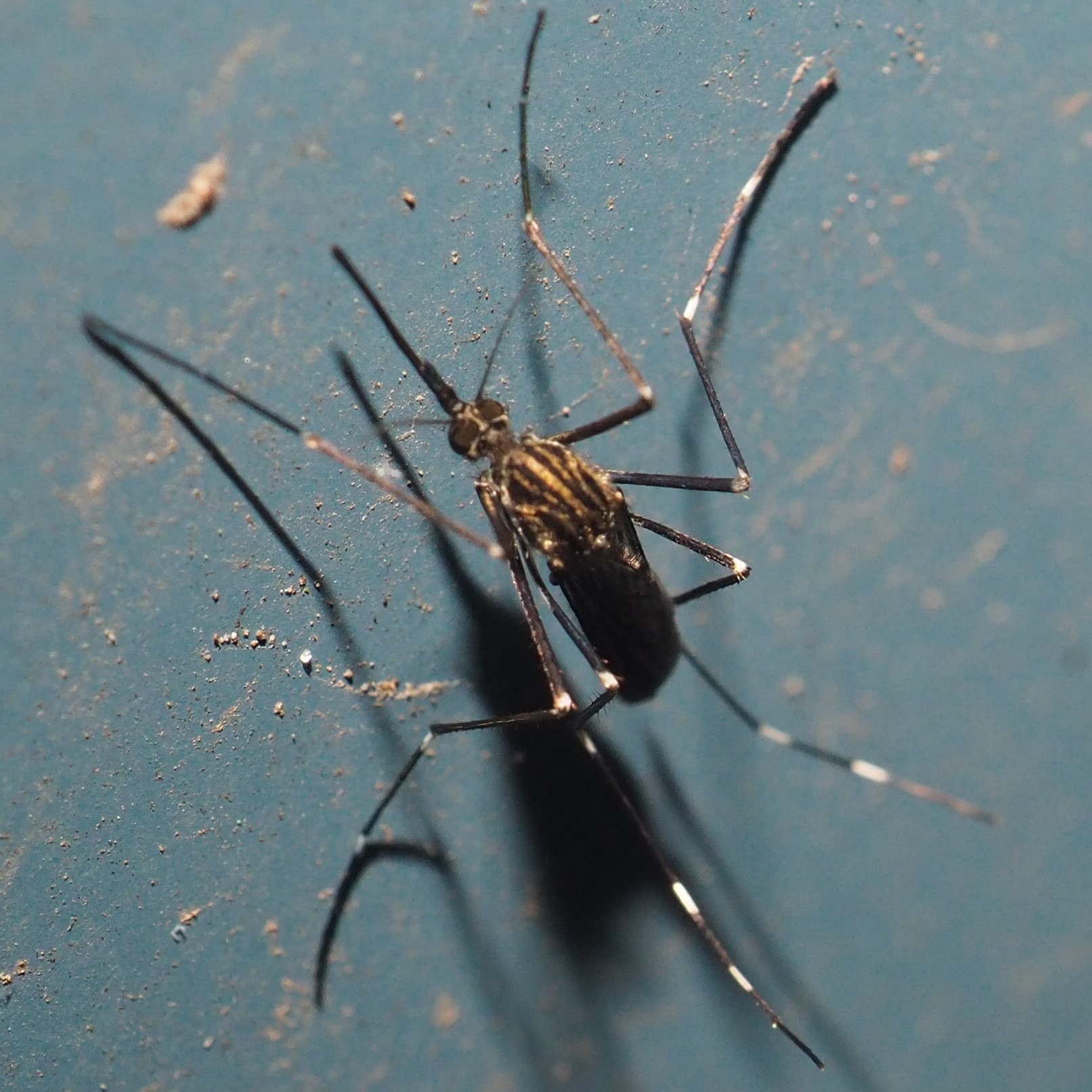
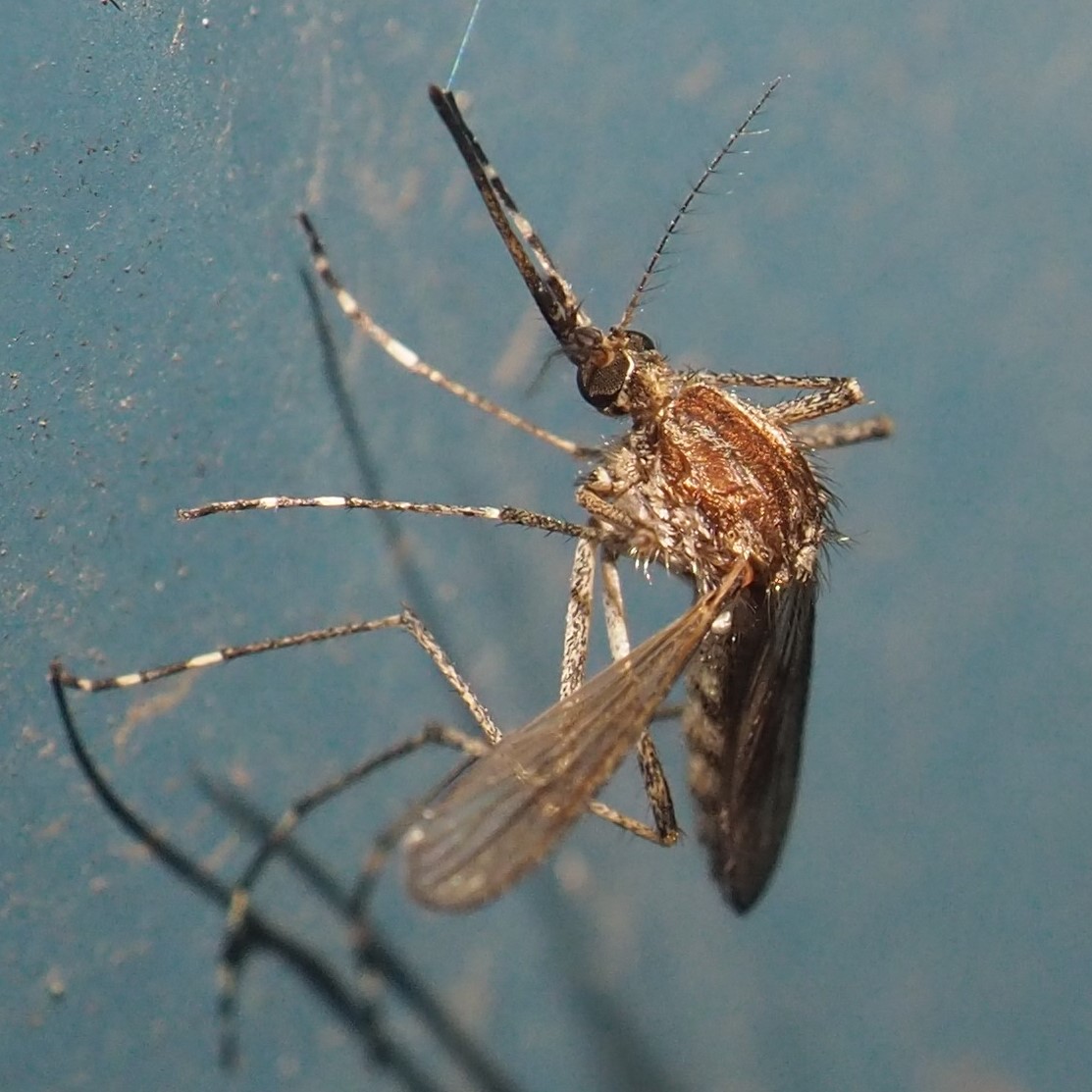
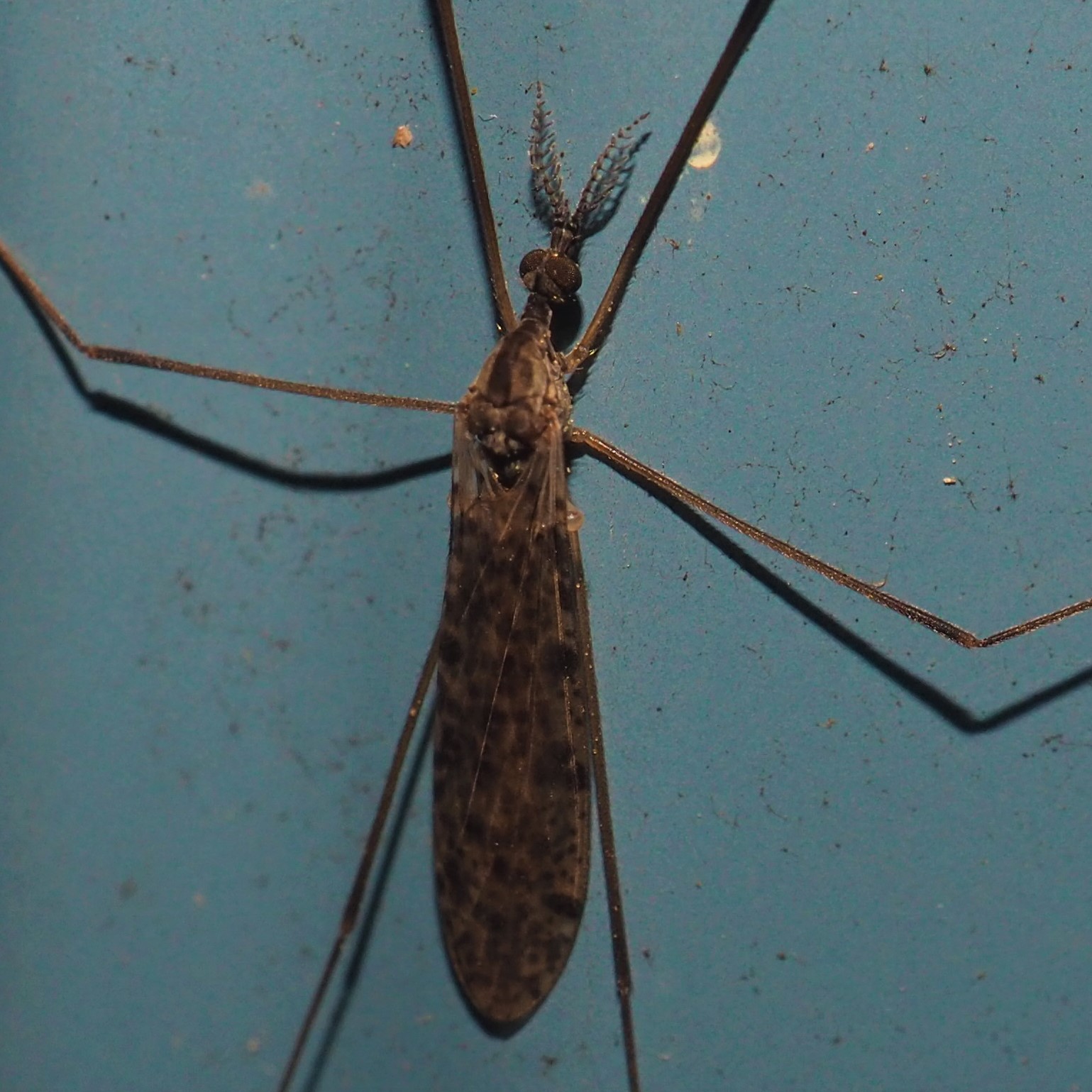
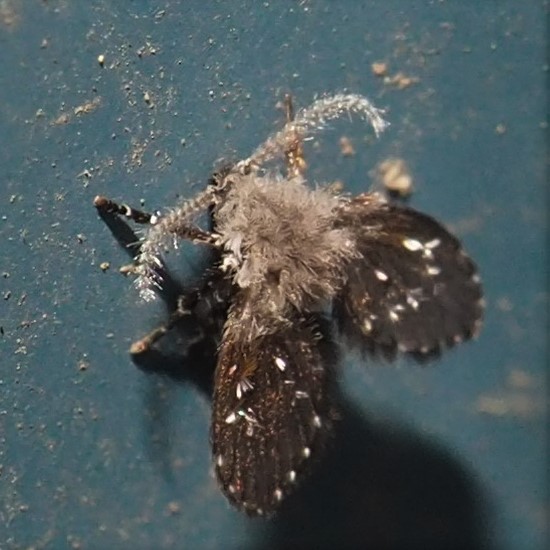
Let's see what we can find out about our Barklice. First off, on May 22 I saw a Graphopsocus cruciatus nymph. Picture 2 shows another nymph, but what? It MIGHT be the same or maybe one of the Valenzuela genus. Let me just say another nymph ran past my eyes and into the abyss - it was yellow like the Valenzuela mob. But the camera missed it! Here, solely as a visual aid, is one of November's Valenzuela nymphs - but resembles what I saw. Note that all these nymphs have a moult or two behind them - note the growing wings. Wait. I went back and found that a few slides had tiny yellow things in them. I cropped out the real subject and found this little yellow creature (picture 5).
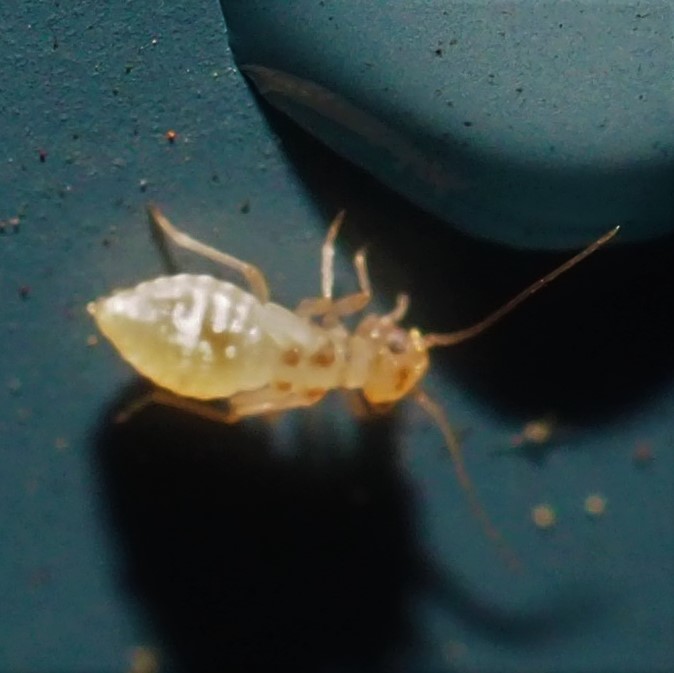

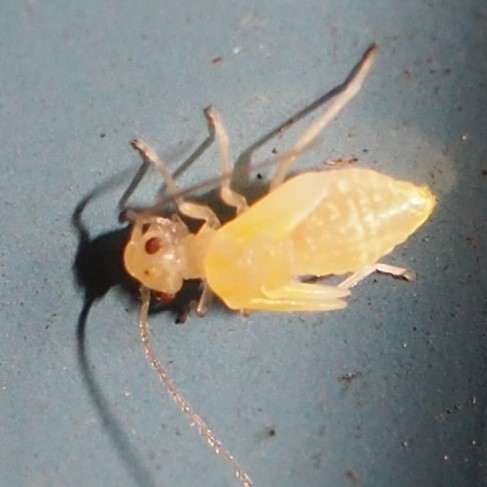

Here are a few more examples of those egg masses we've been following. May 21 was a drippy rainy day, which means we get a window into the masses in some of the cases. Here is one from site "m" on May 17, and again on May 21. The next pair are from the same days, but featuring locus "j" in each.
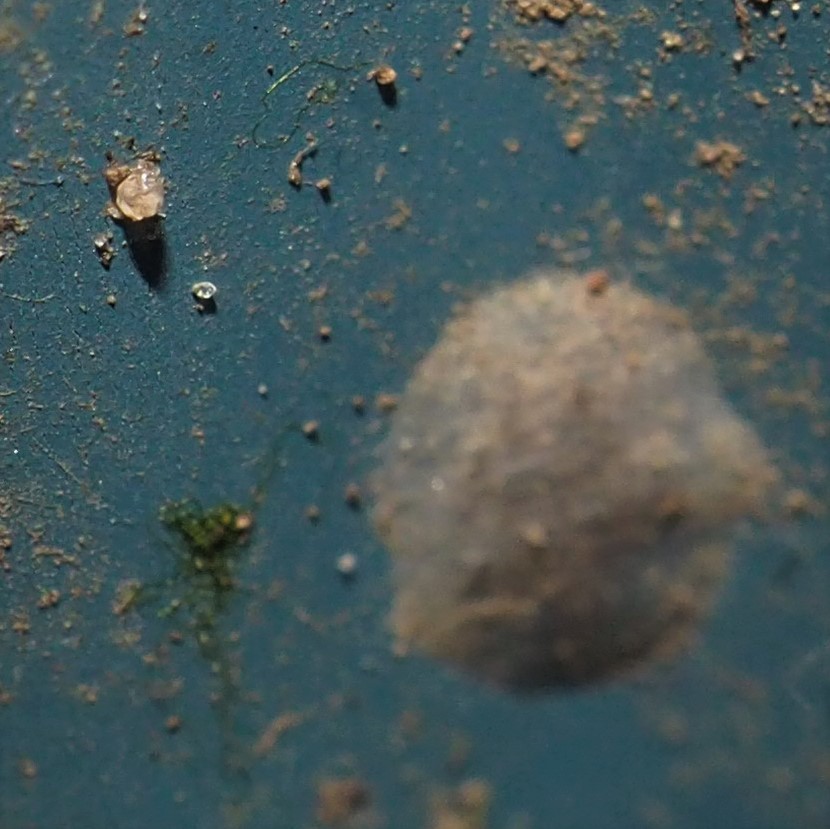
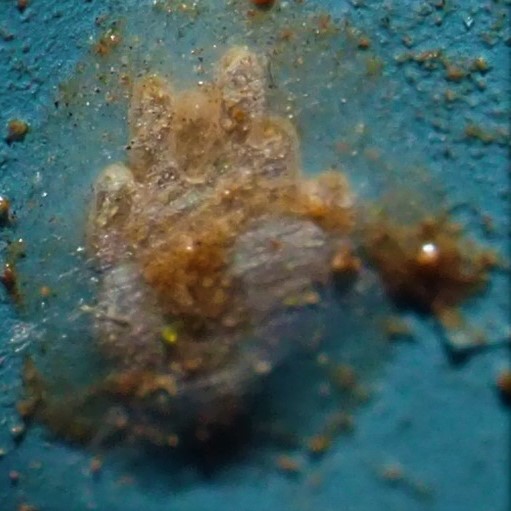


Remember this hot pair from May 11? Those are the American Toads, mating on the side of the pond. Well, here is the scene on May 17, six days later. Three days later, here they are, already looking more like tadpoles and less like the previous broken pencil leads.
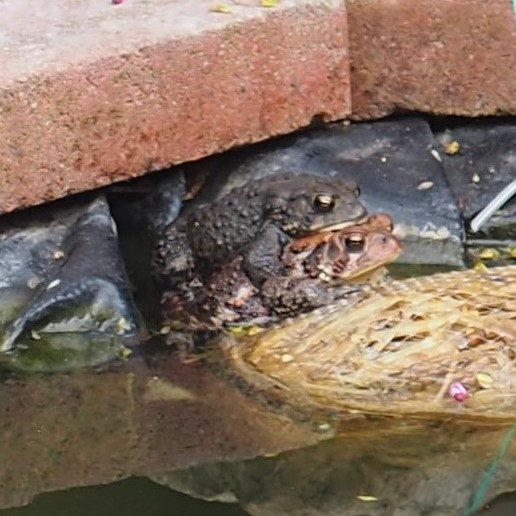
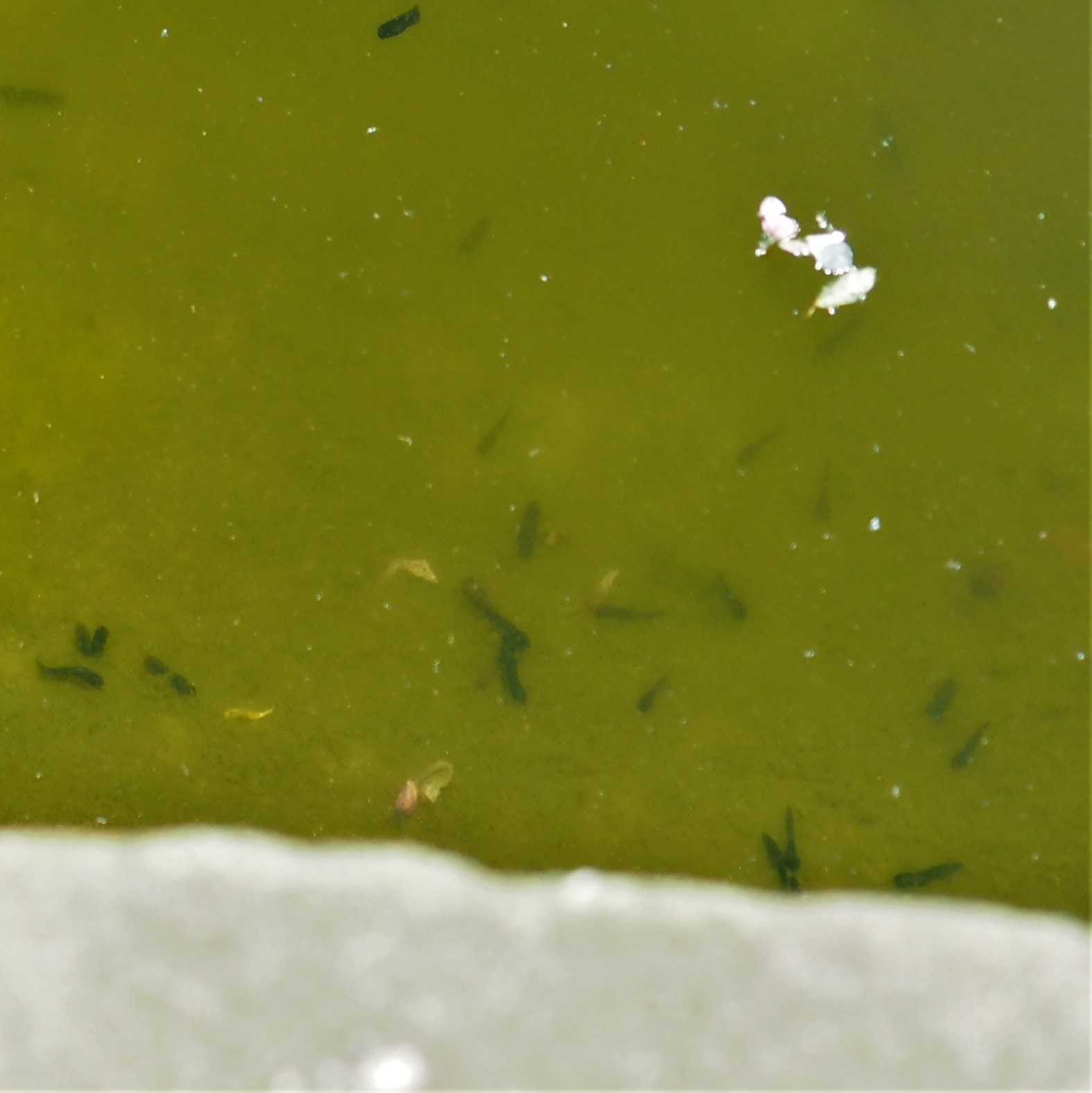
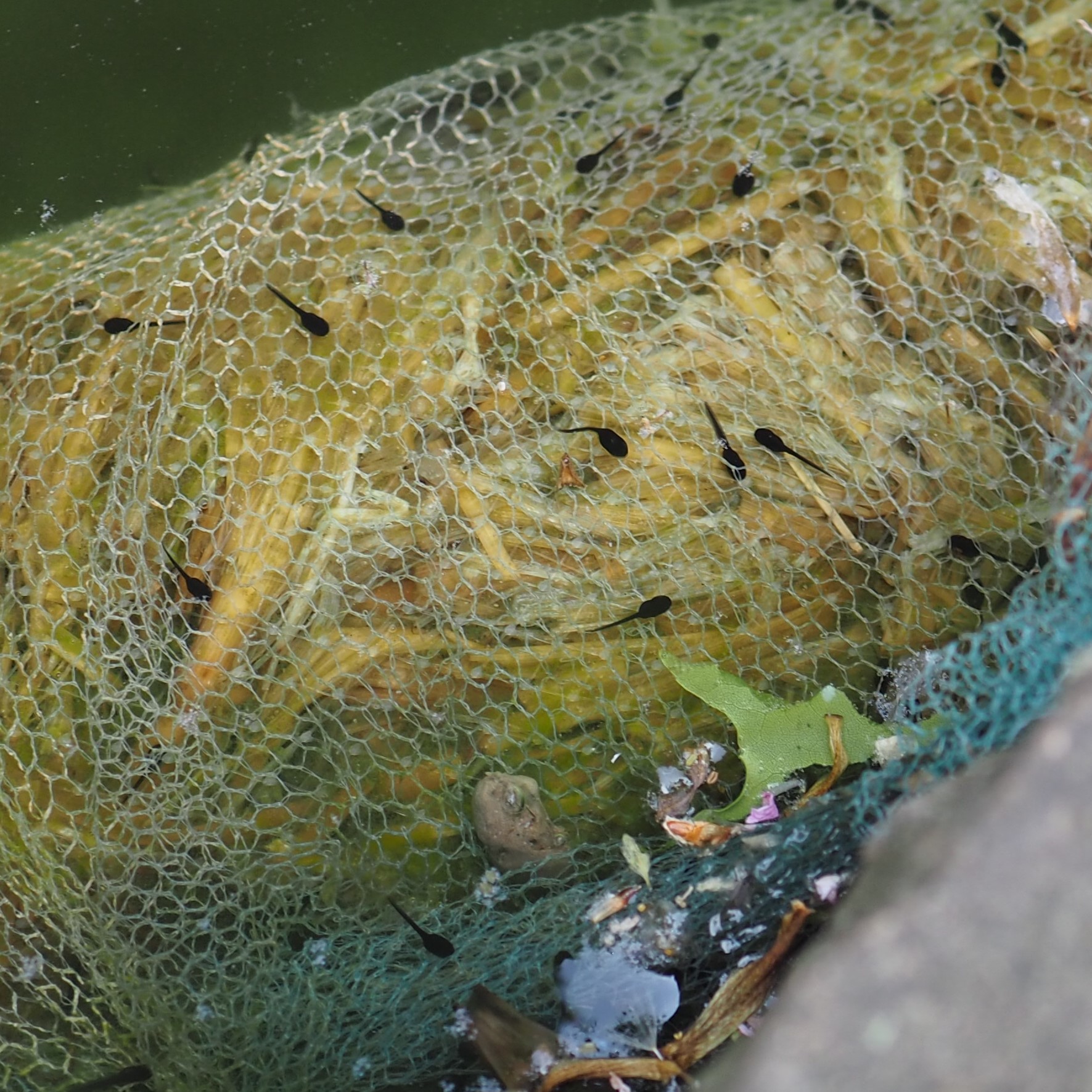
Now that the Toads have left us rocking their cradle, the Frogs are once more back in charge of the Amphibian population. In picture 2, the Frog has just broken the surface to entertain us with its smooth-talking. In picture 3, here's a sex test. Is the Frog on the left a girl or a boy?
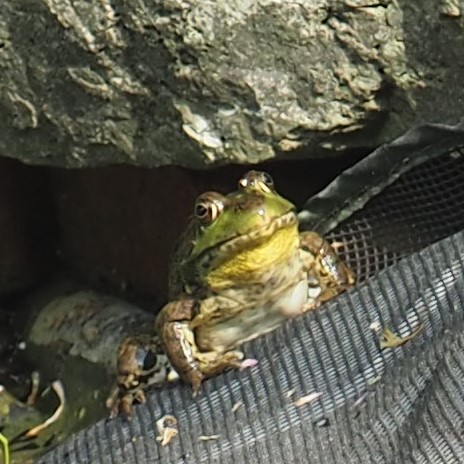
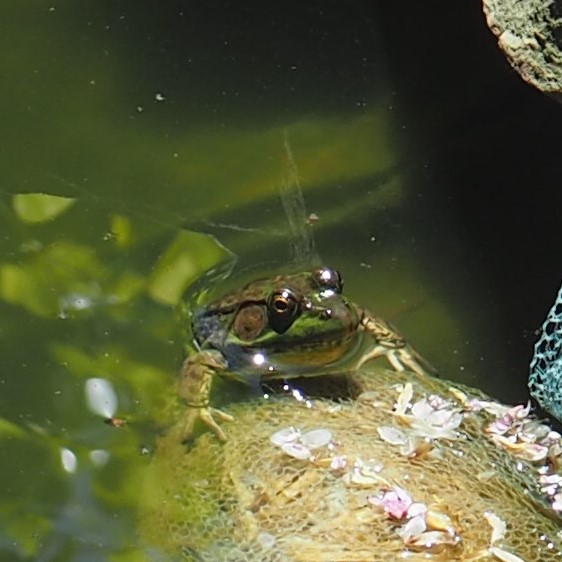
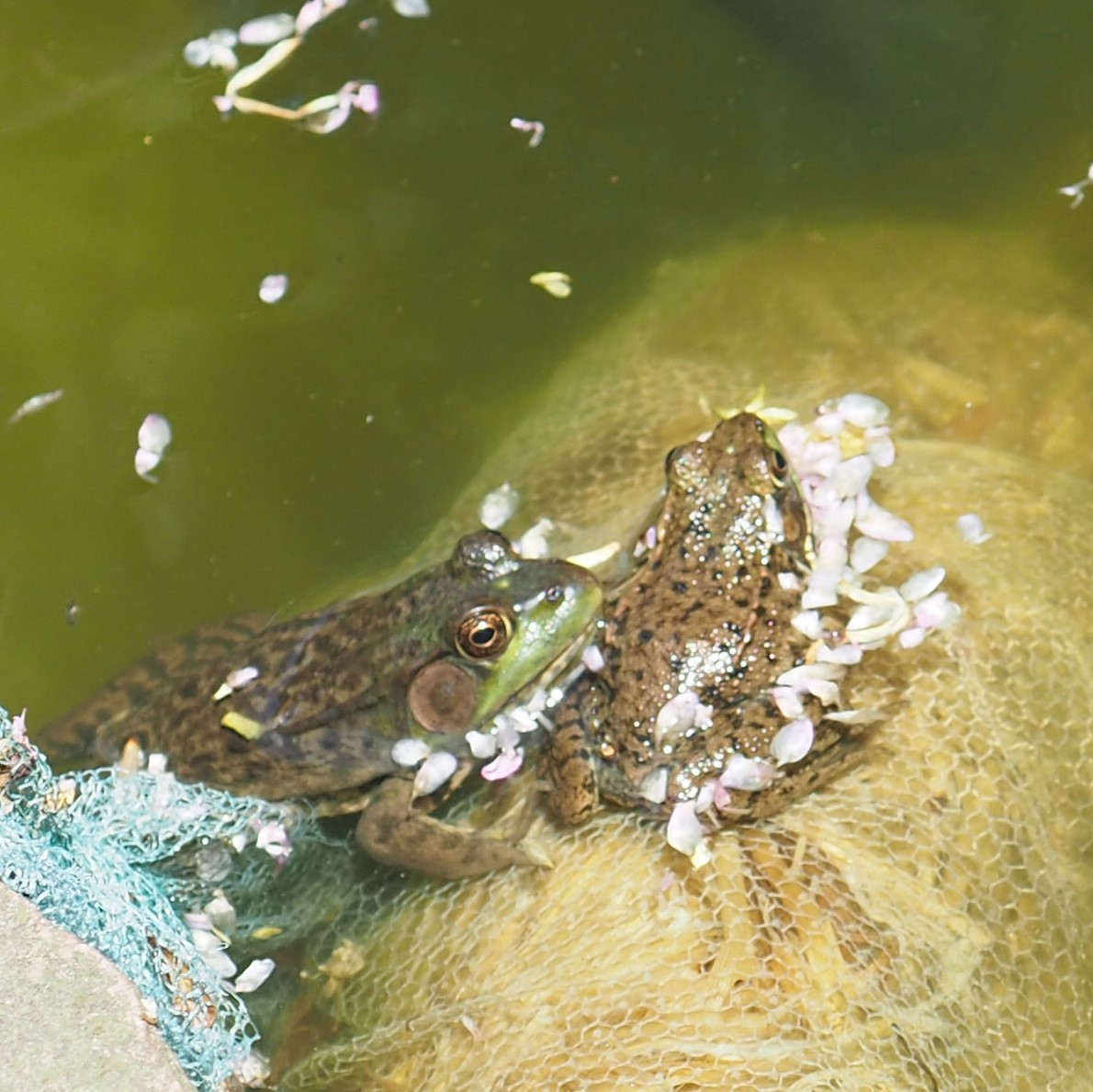
Why don't we take that walk now and survey the Plant population of the yard , er, garden? First, let's see Deb's new treasure, a huge white Azalea bush! Her Dogwood is sparkling now in full bloom. (Click on either picture to enlarge it.) But here's my secret: Someone planted some seed in my weedpatch, and I didn't tear out what grew up! On the other hand, Deb didn't know she also had a clone in her yard.



Let's see, here's my Jack in the Pulpit. And the flower from under my May Flowers. Picture 4 shows a detail.

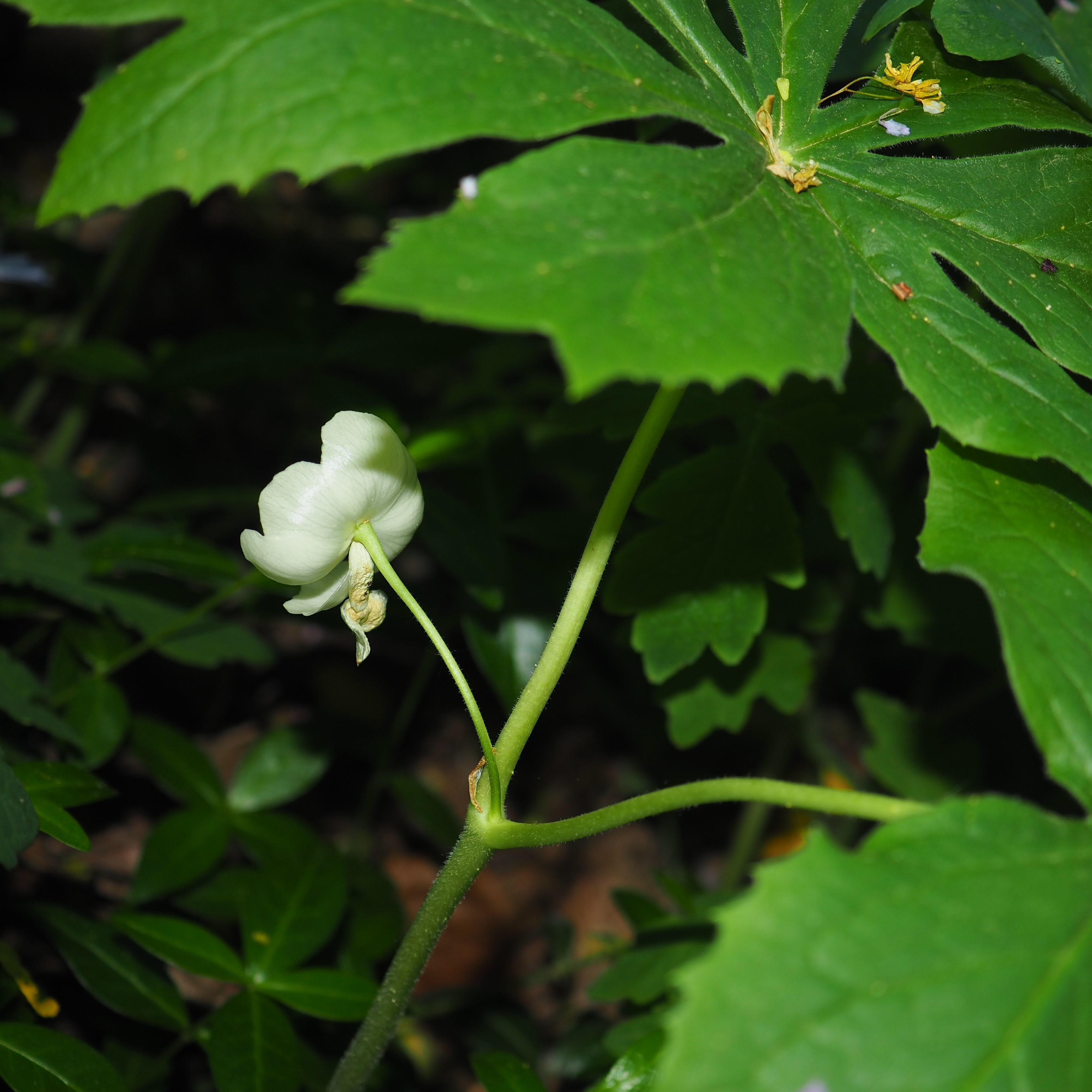

That Mullein (I think) is trying to crowd out the smallest Climbing Fumitory plant. Oh my, guess what is beginning to bud out (the Black Raspberry canes.)
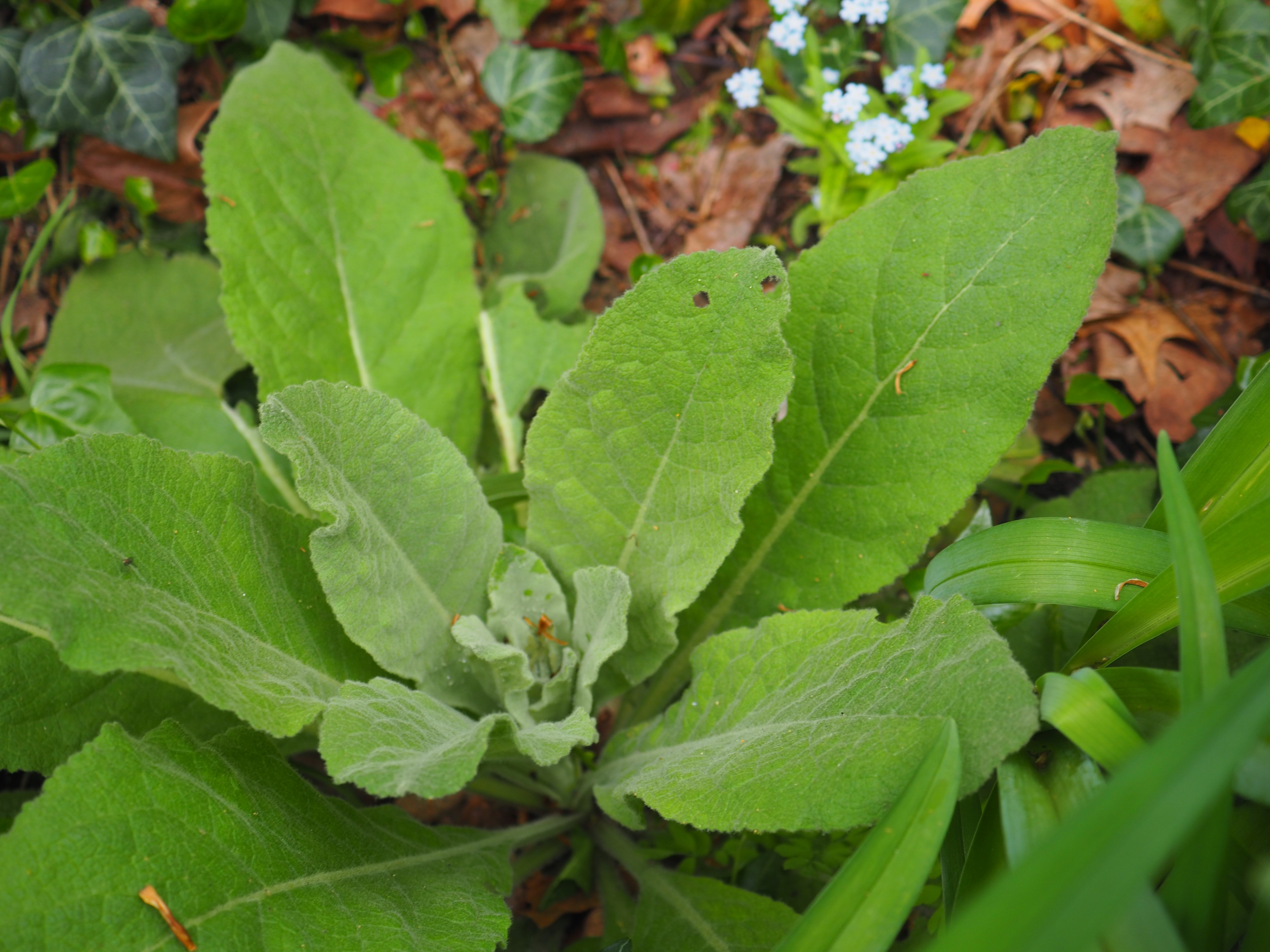
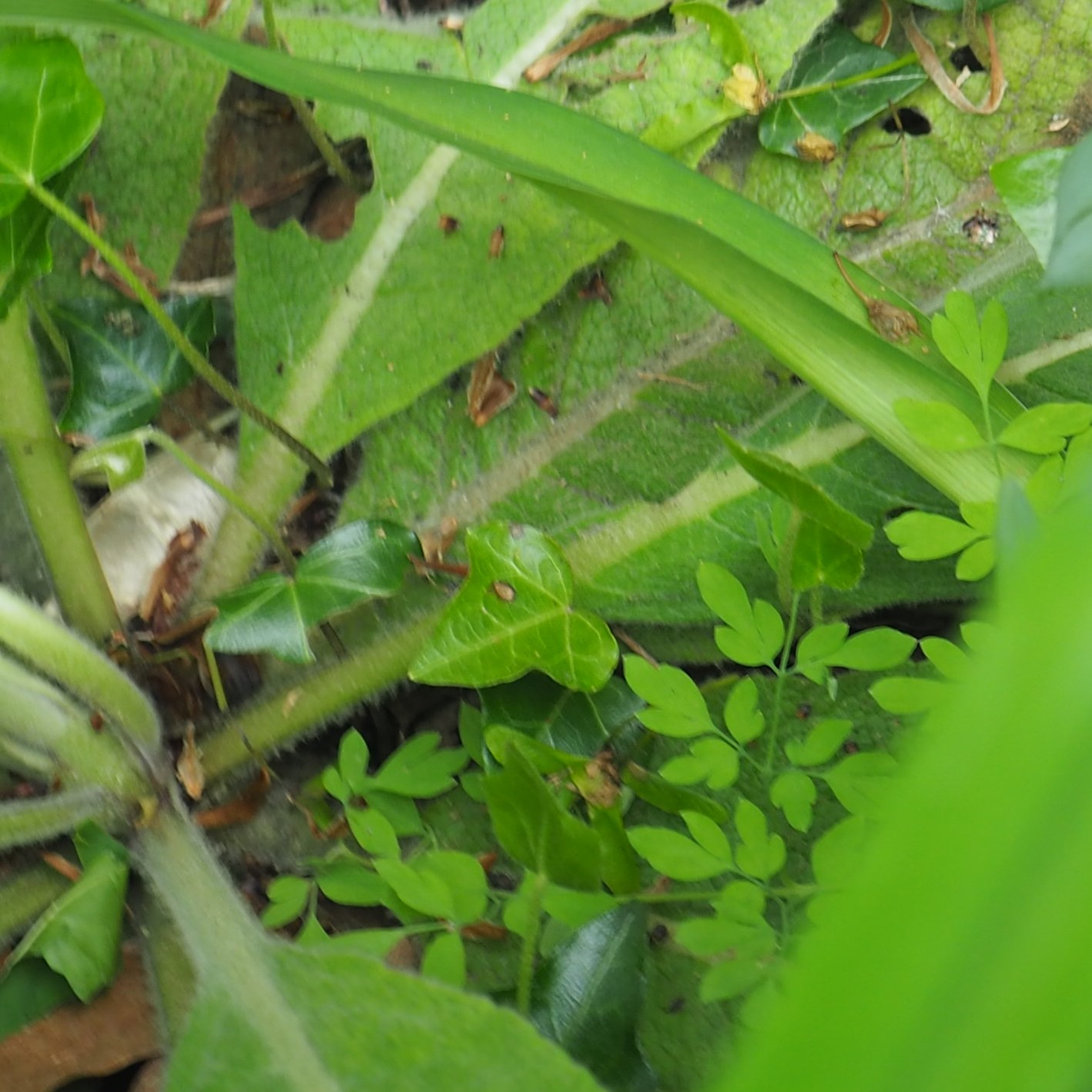
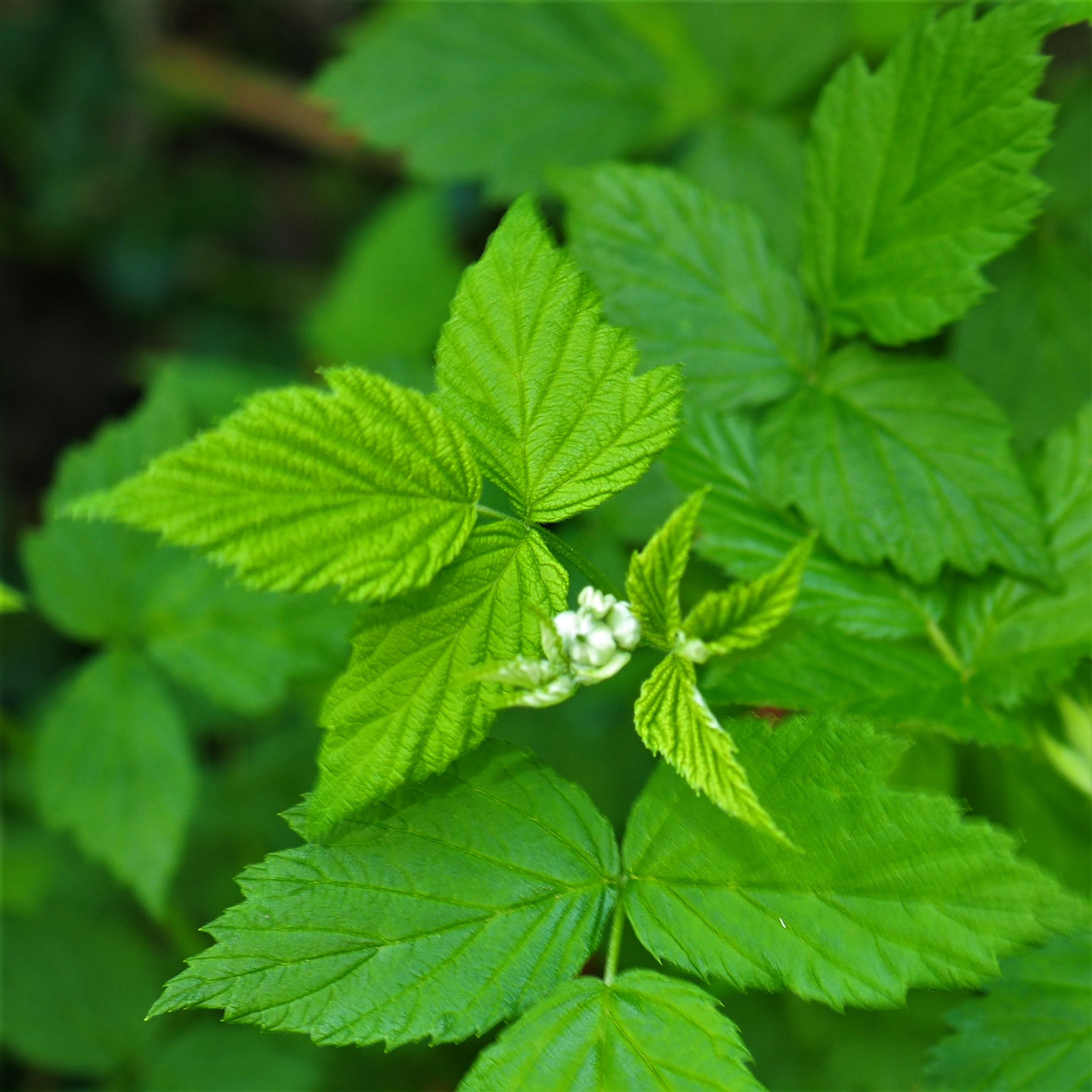
I don't know what that plant is, but it is setting a LOT of BUDS. We'll keep an eye on them, won't we?
Second is that Garlic Mustard, still looking all right (despite probably a bunch of bites from that Phyllotreta beetle. Picture 3 shows some of the kinds of creatures that come along with the Garlic Mustard.
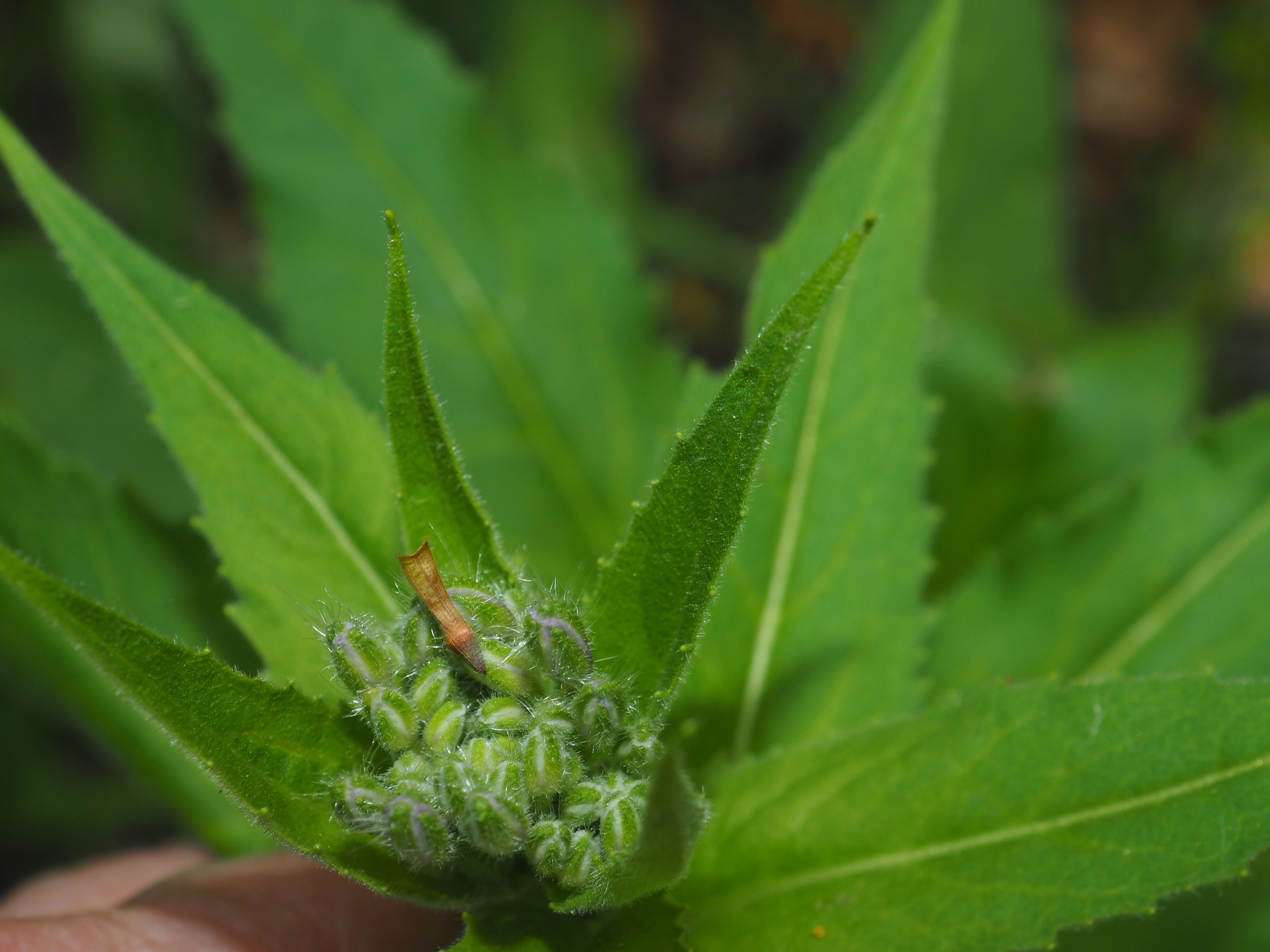 <
<


We have three colors of Dame's Rocket this year. White, pale pink, and deep pink. Oh, all right, maybe the "white" one is just a stage away from one of the "pinks".
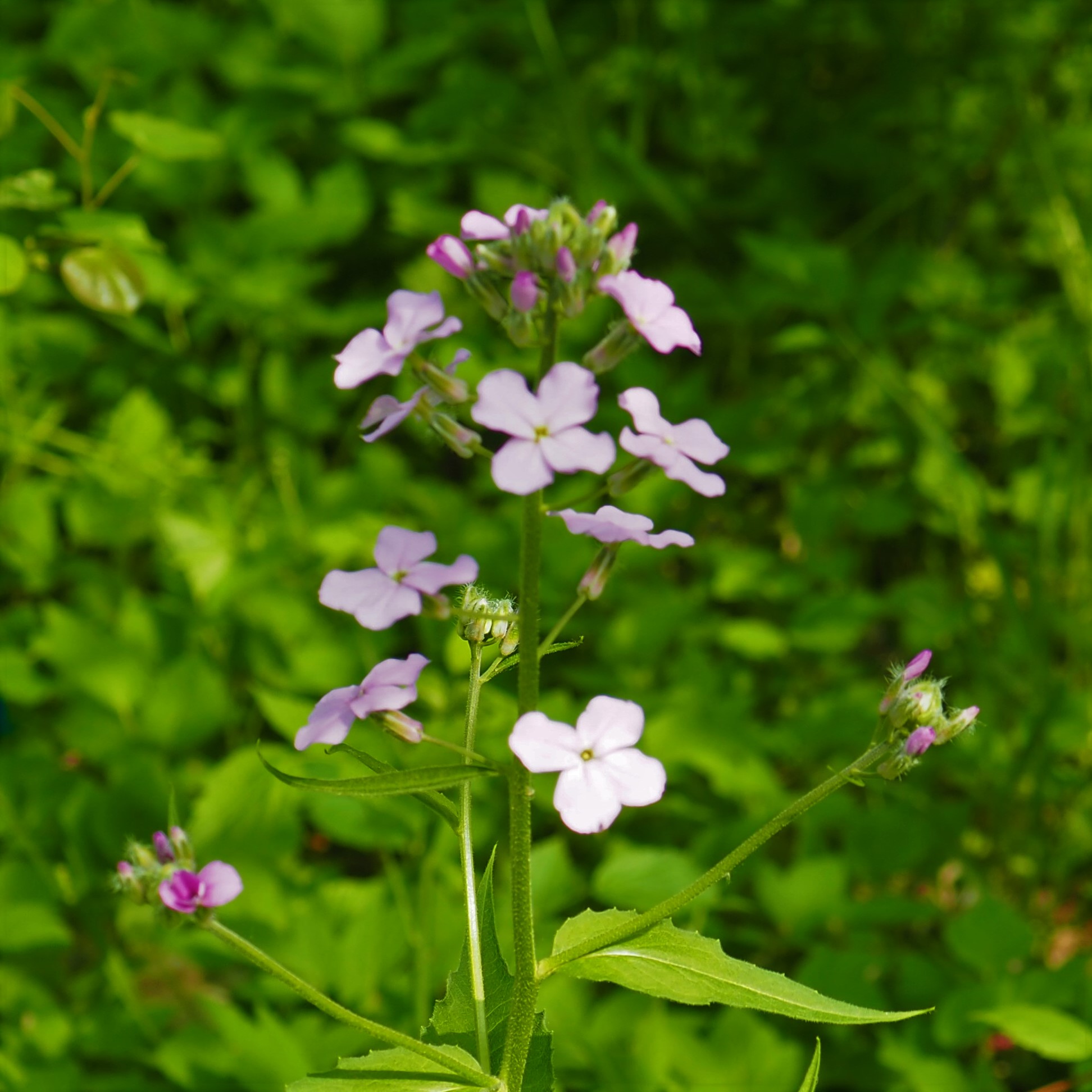


Let's go home now and check out our Spider population, which has begun to burgeon on the Wall. We are particularly lucky to have so many of the most populous of the Spiders, the Common House Spider. Here is one, and here is another. Wait, you say, what is that second one? It's the Male of the species in the process of becoming redder and redder.
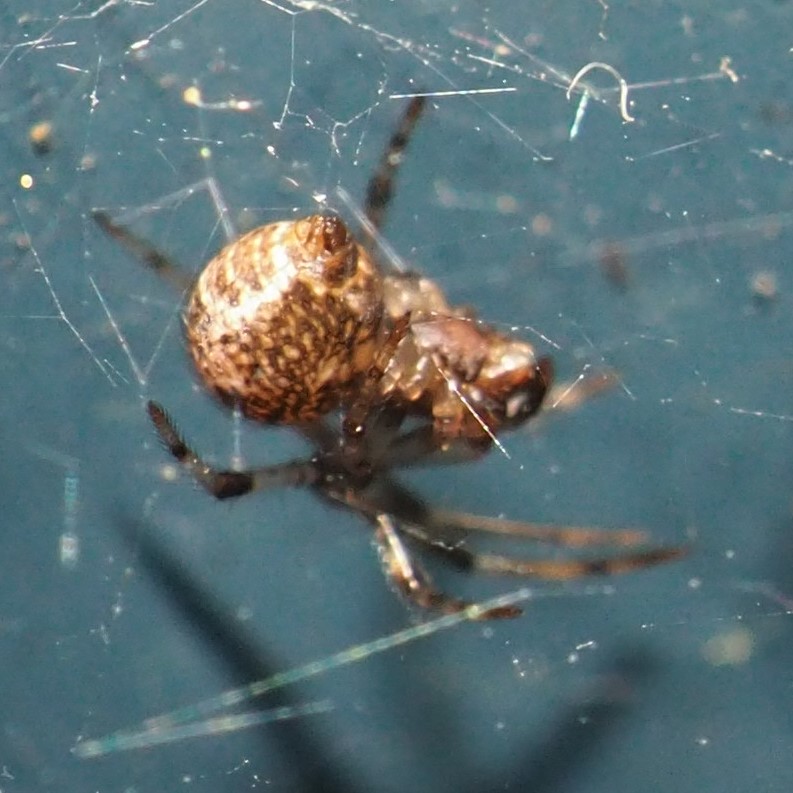
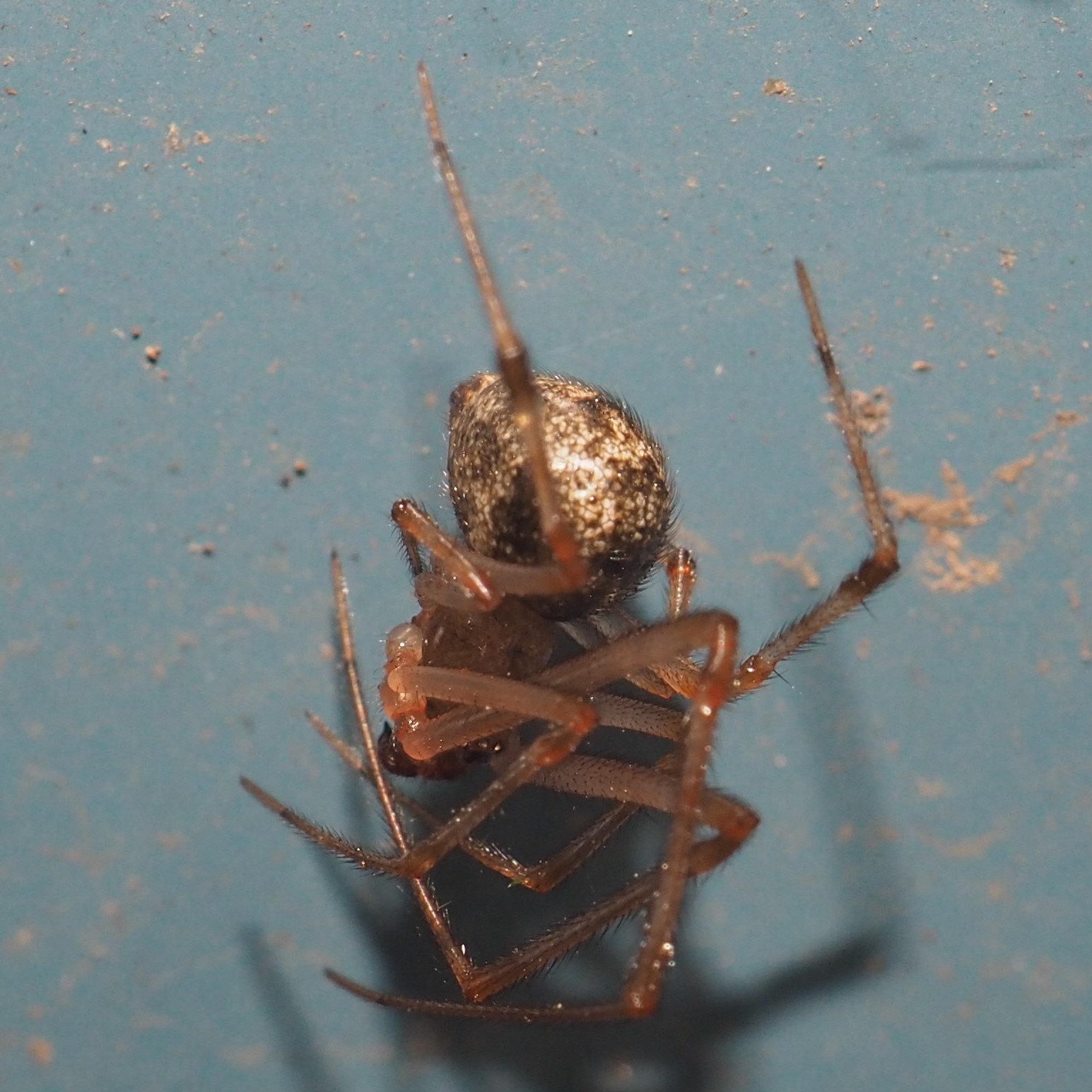
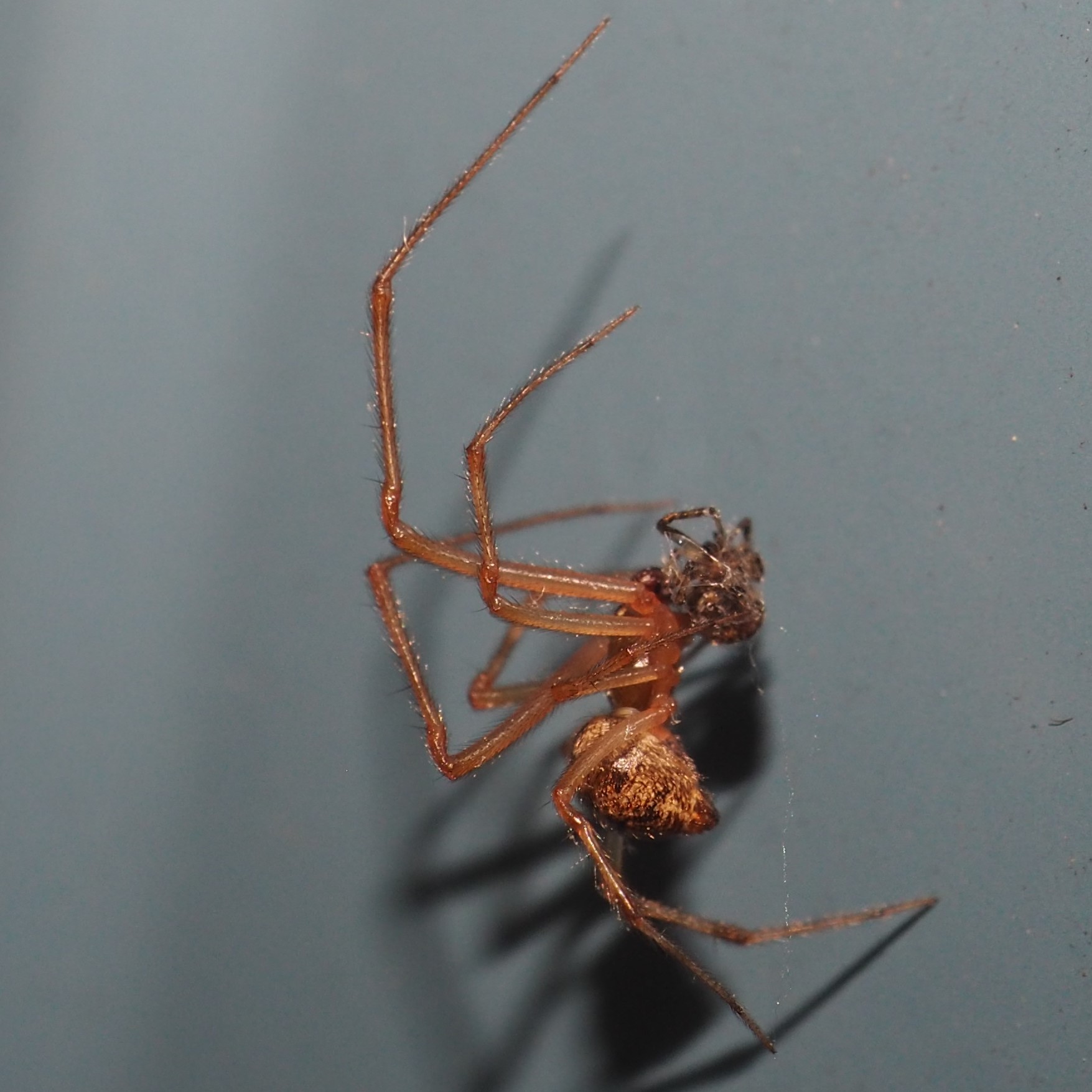
The Common House Spiders are but one species of Cobweb Spider. Here is another. They typically have round abdomens.. This second Spider is in the genus Grammonota, and has what looks like golden reflections in its abdomen. Third is something I don't know.
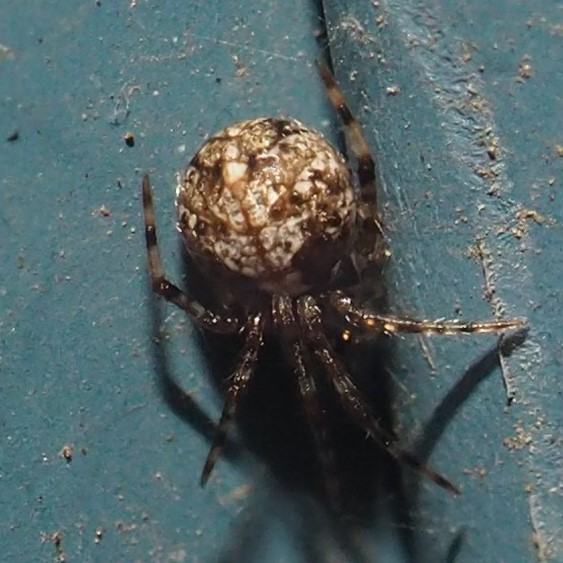

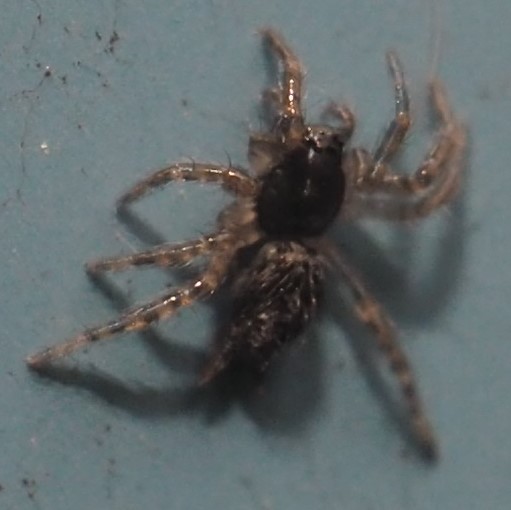
This large Ground Crab Spider was identified as genus Bassaniana by one of my colleagues in iNat. The second one reminds me of Mimetus puritanus. The third one seems to be a Brotherly Ground Crab Spider. We'll see what transpires from the conversation on iNat. :-)
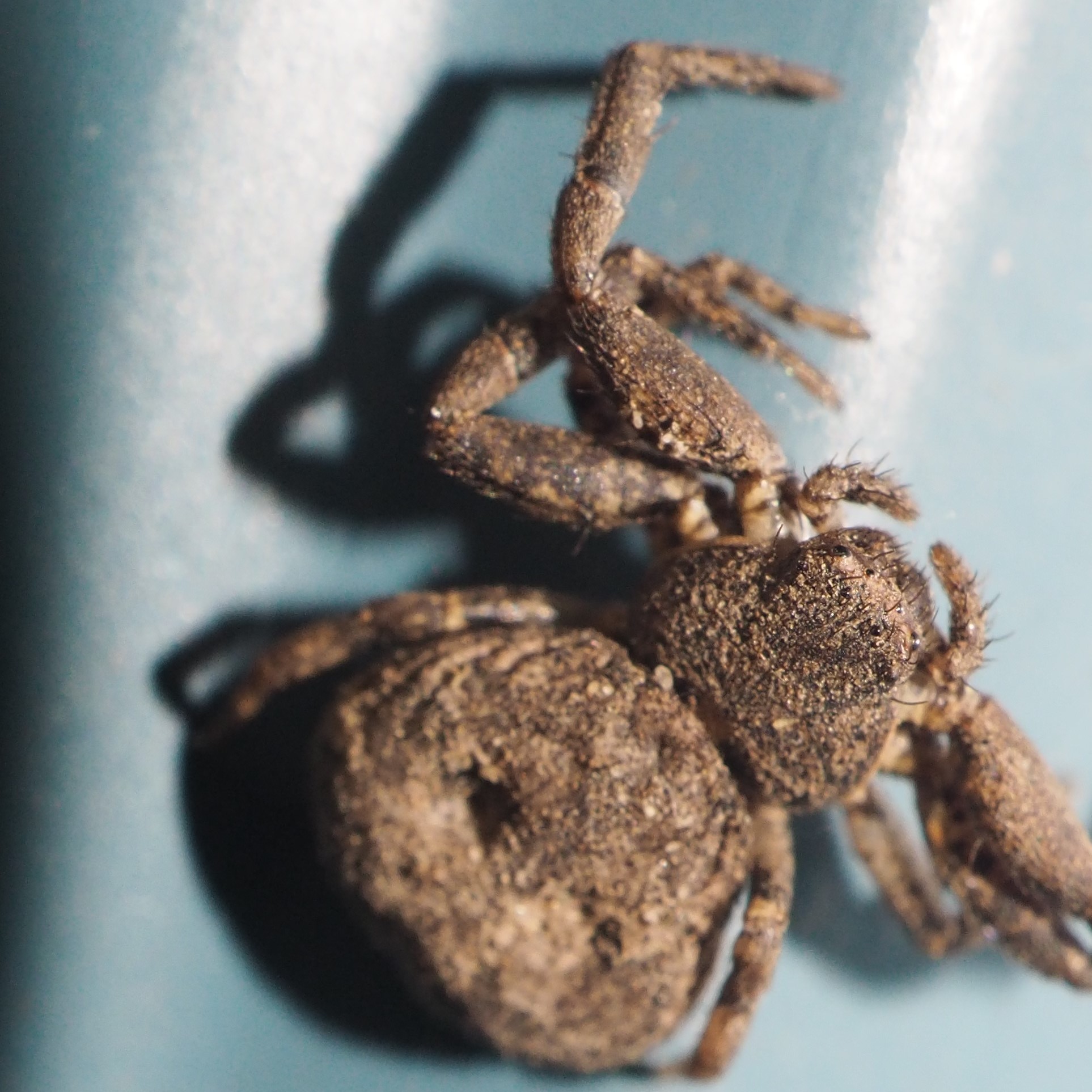
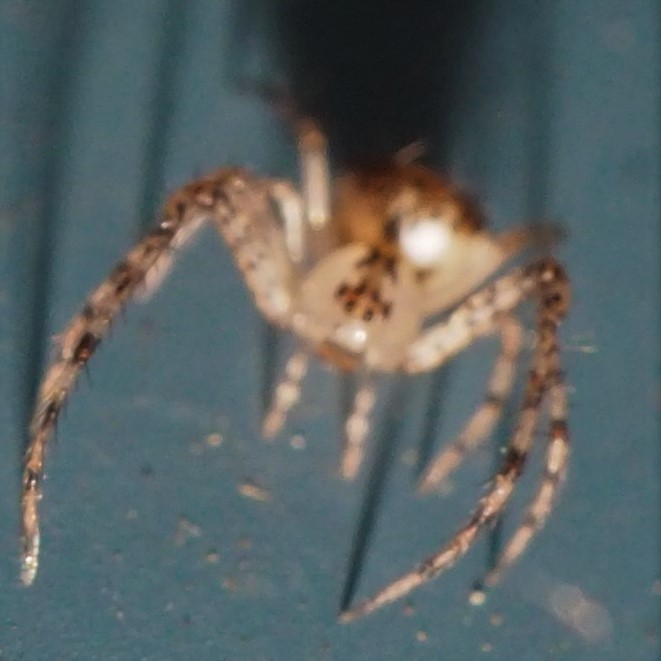
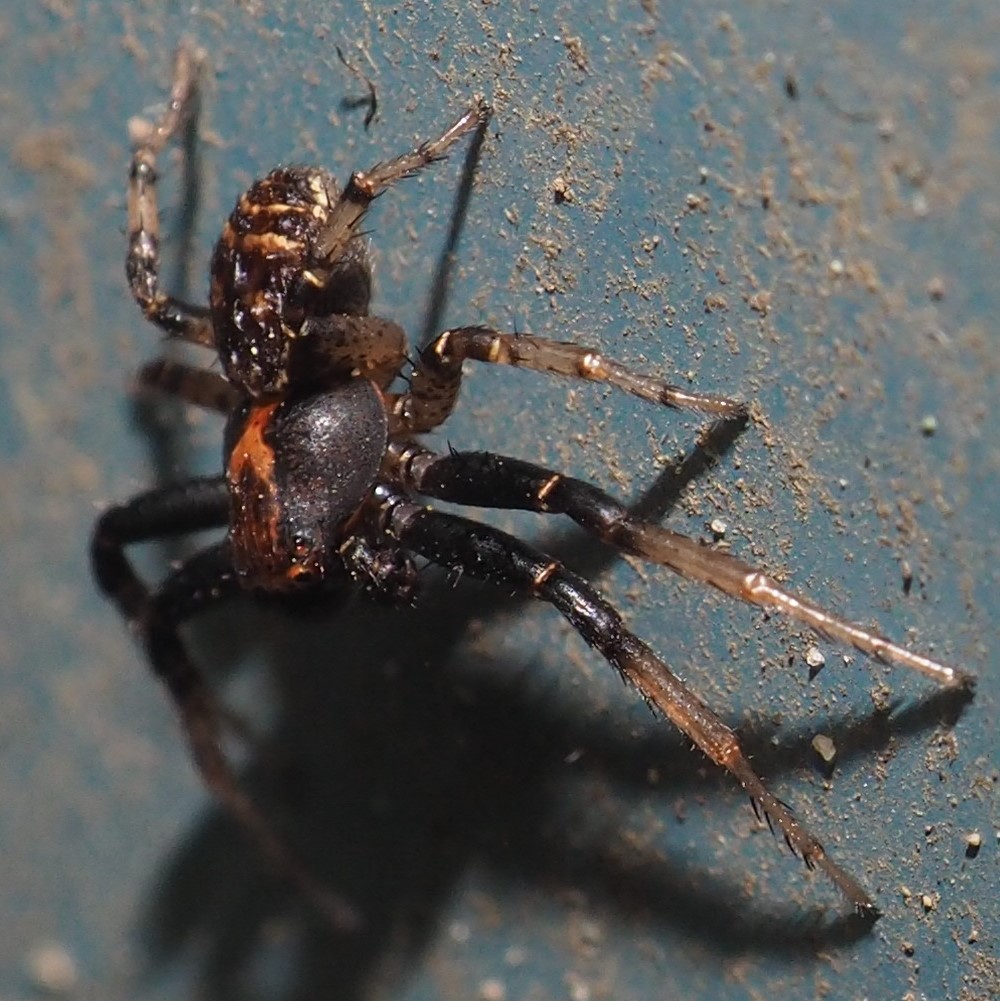
Another young spider is making its appearances in the garden. This one is the Orbweaver, Mangora placida. You can see if you look hard a pair of little white "eyes" that seem to be looking down. Picture 2 shows the "orb" near the bottom of the image. Third is a different one that was in my thistle patch. Fourth: one more Spider, probably a Cobweb Spider, with a Wasp Larva on its side.

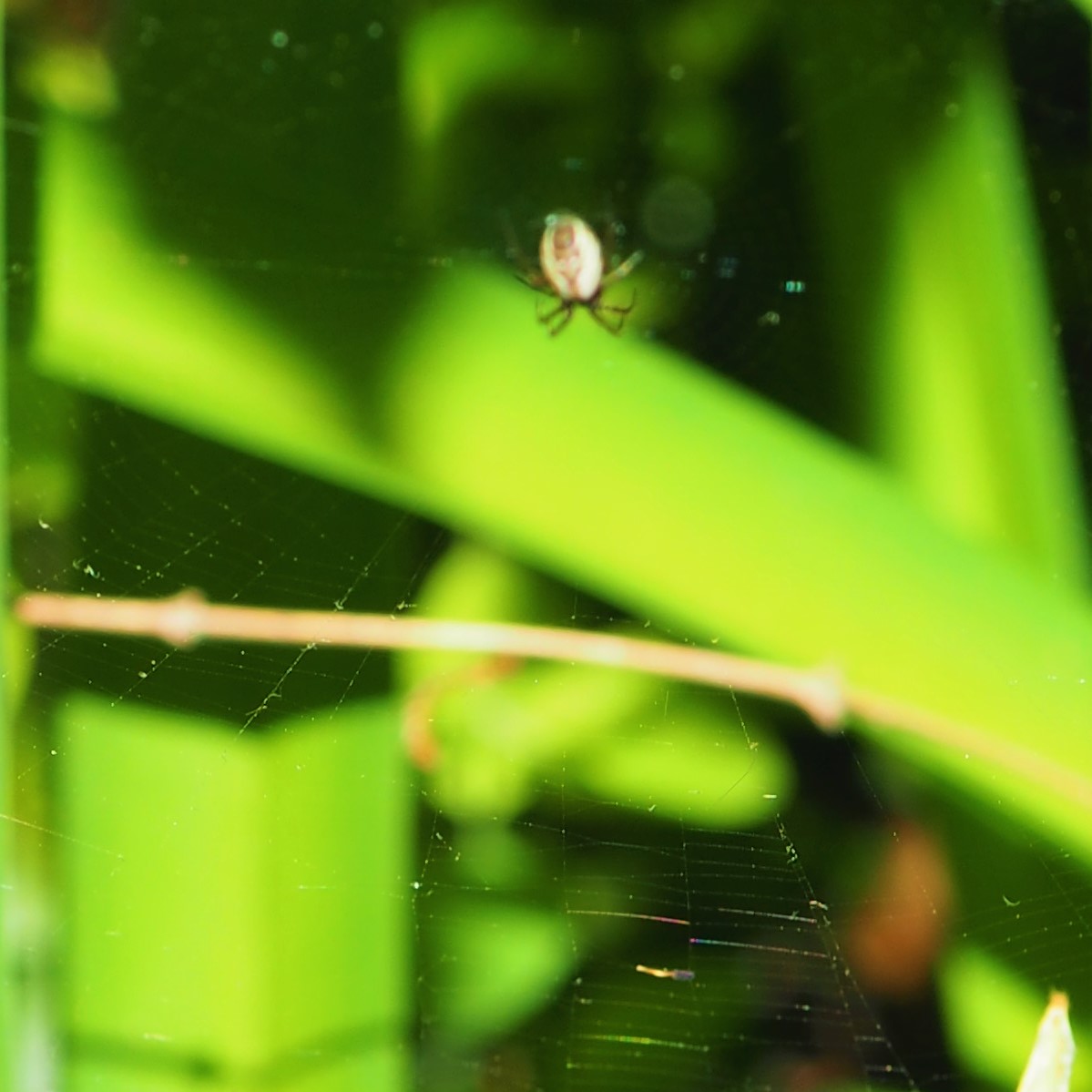

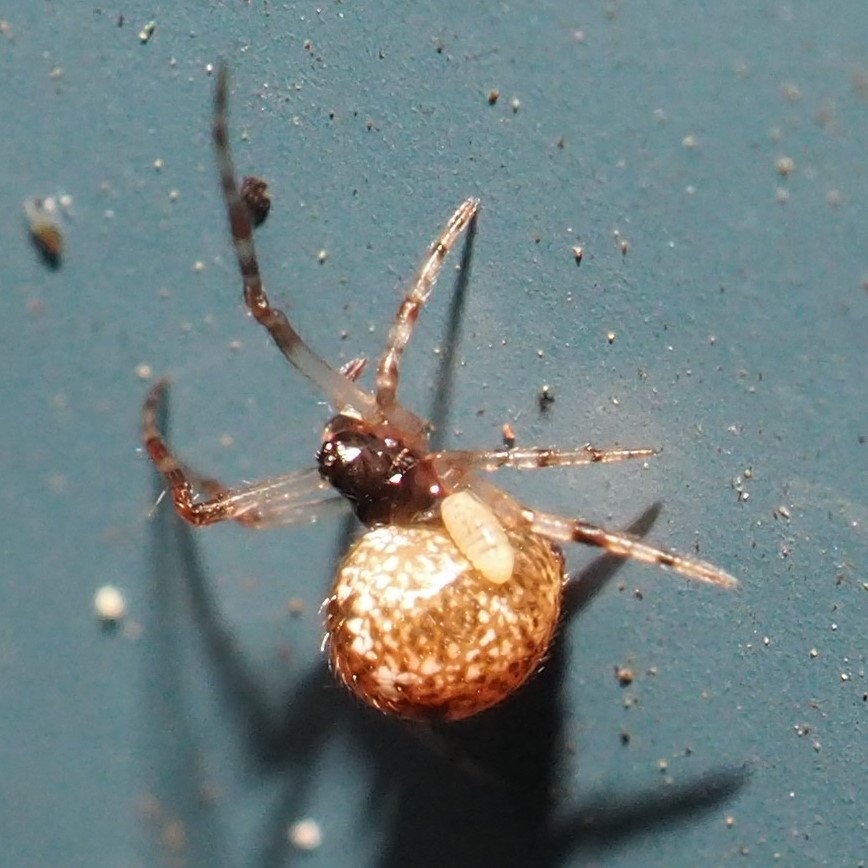
Besides the little Wasp larva above, have we got any more Wasp pictures for this week? Here they are, but I'm not sure the first and last are true representations of Ichneumonid Wasps. In number 1, the putative "stinger" looks a bit strawy. And the fourth one looks like a Fly. So just count the one that appears in pictures 2 and 3.
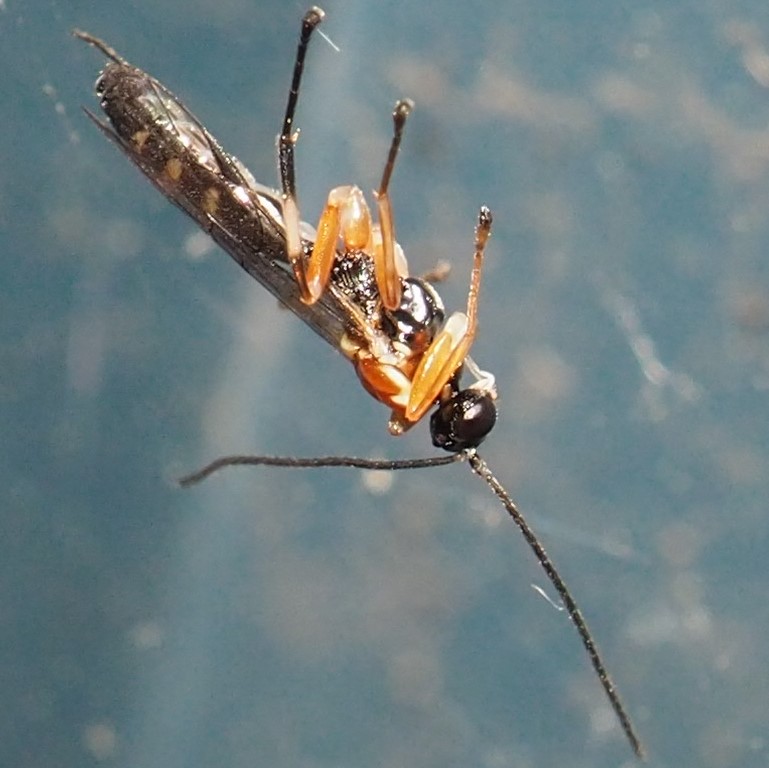
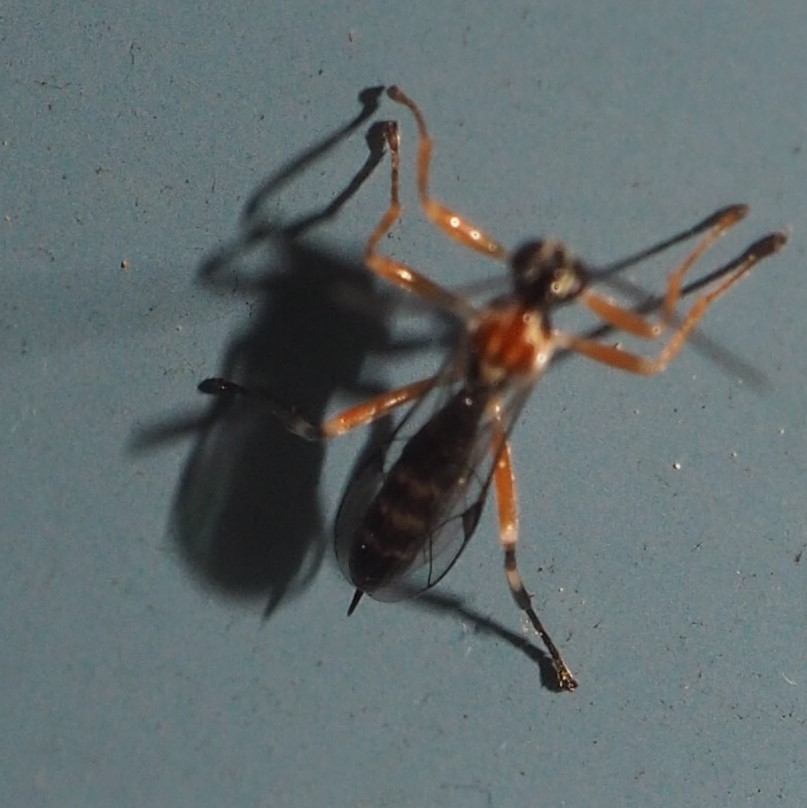
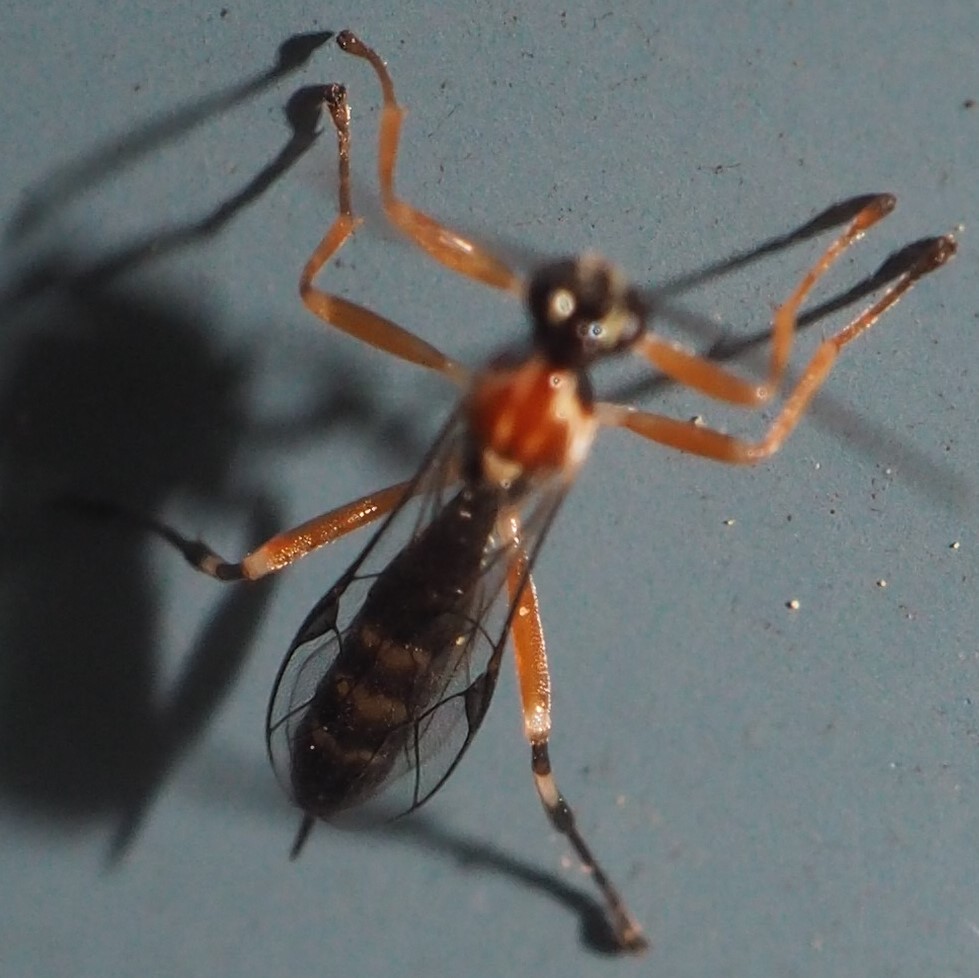
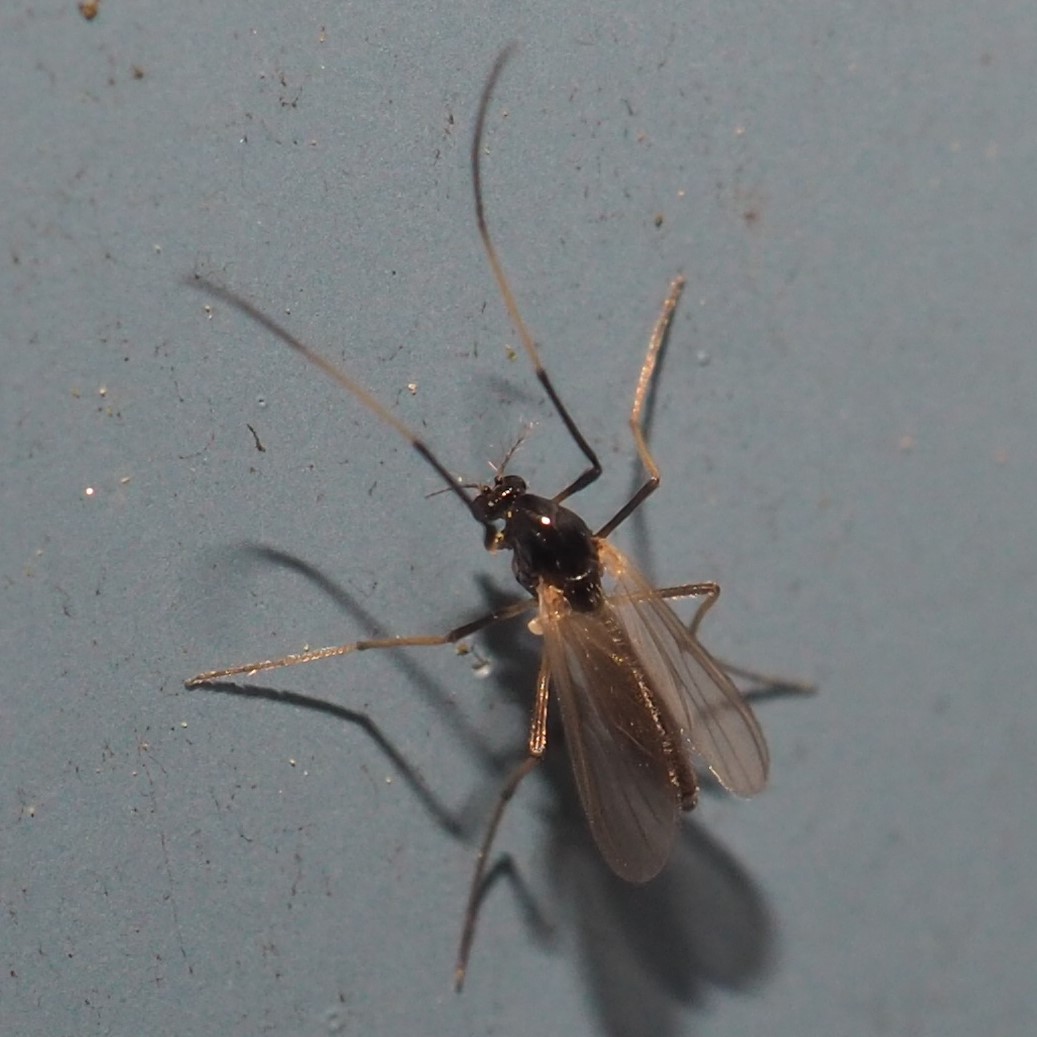
That brings us down to some Pillbugs.
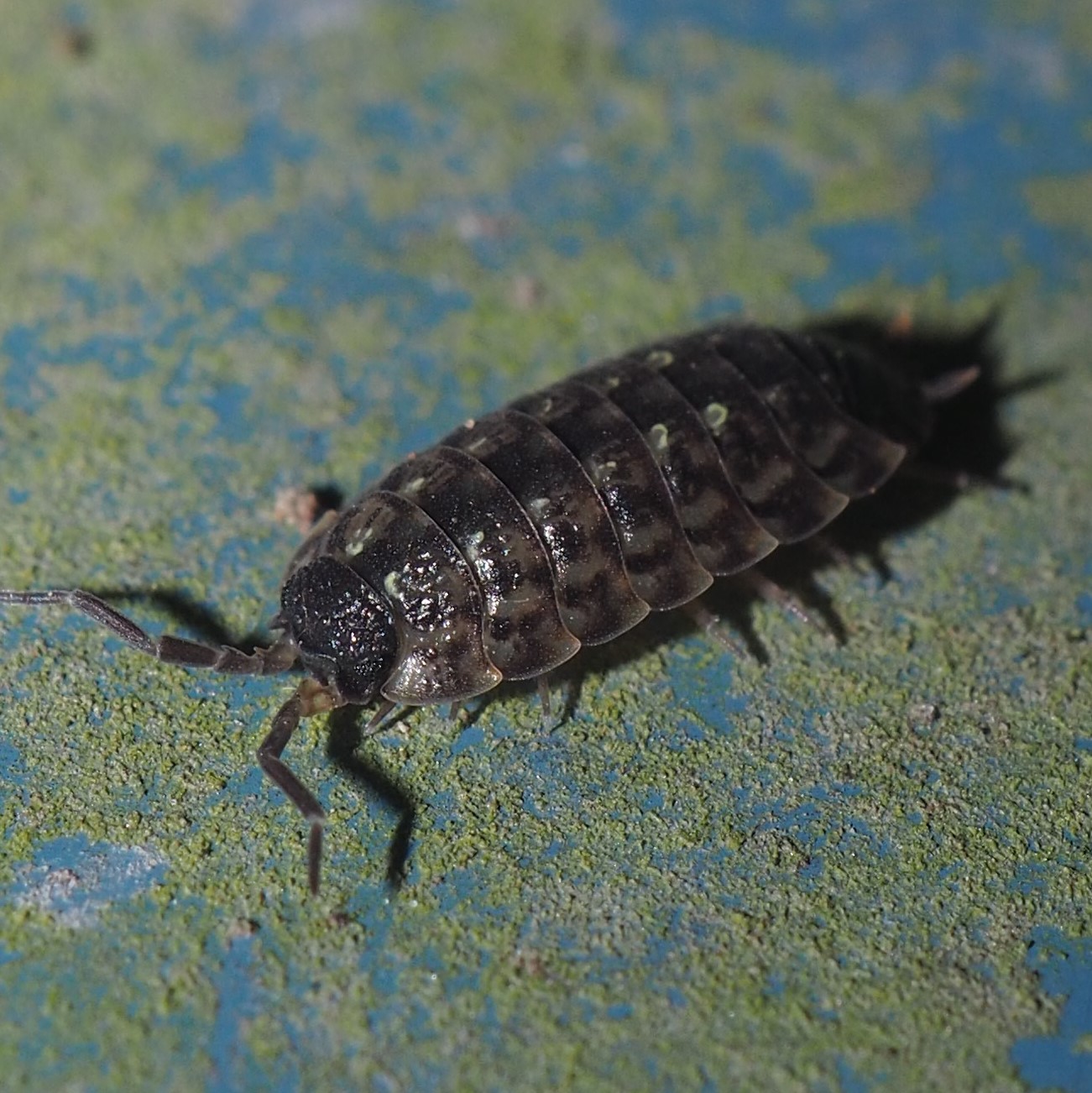
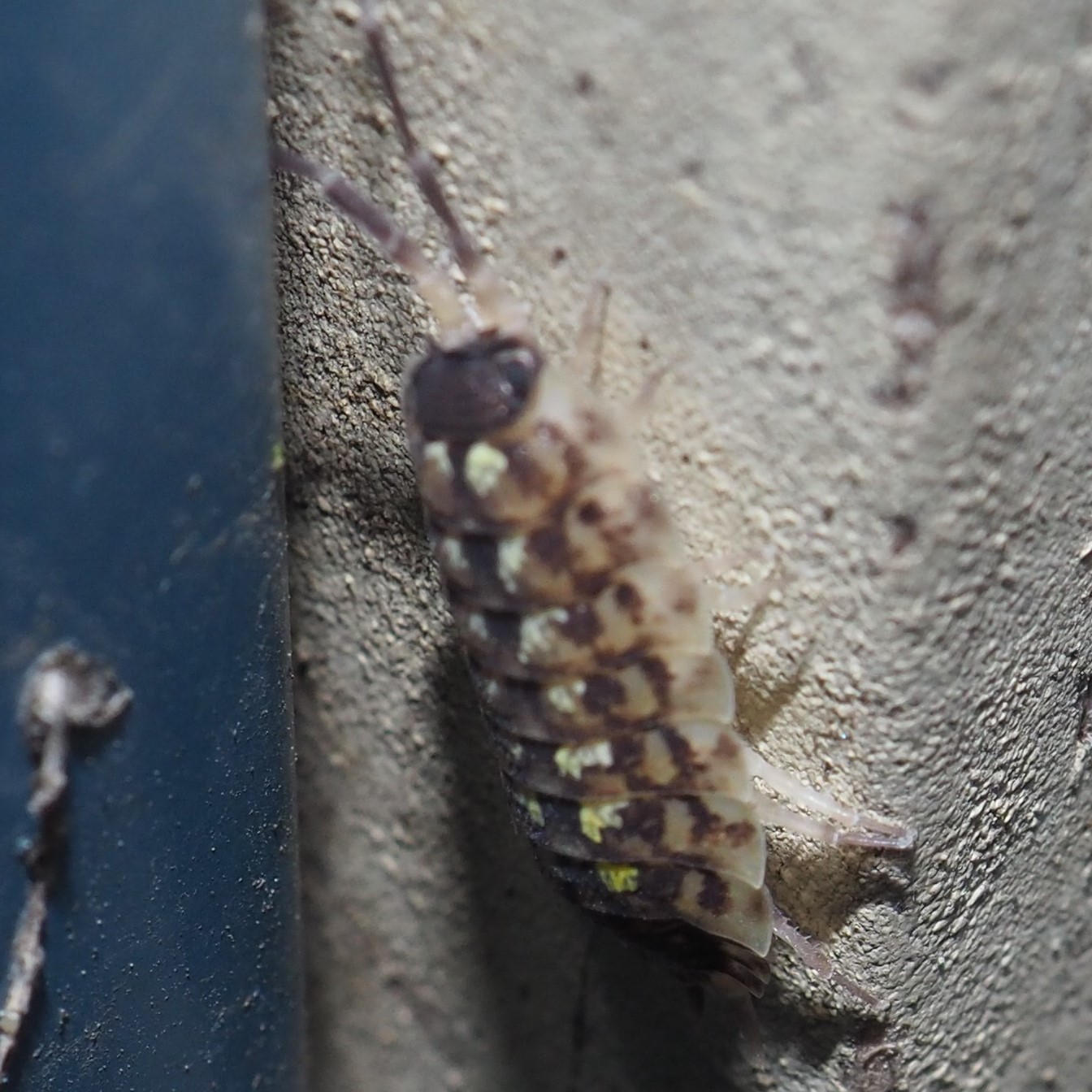
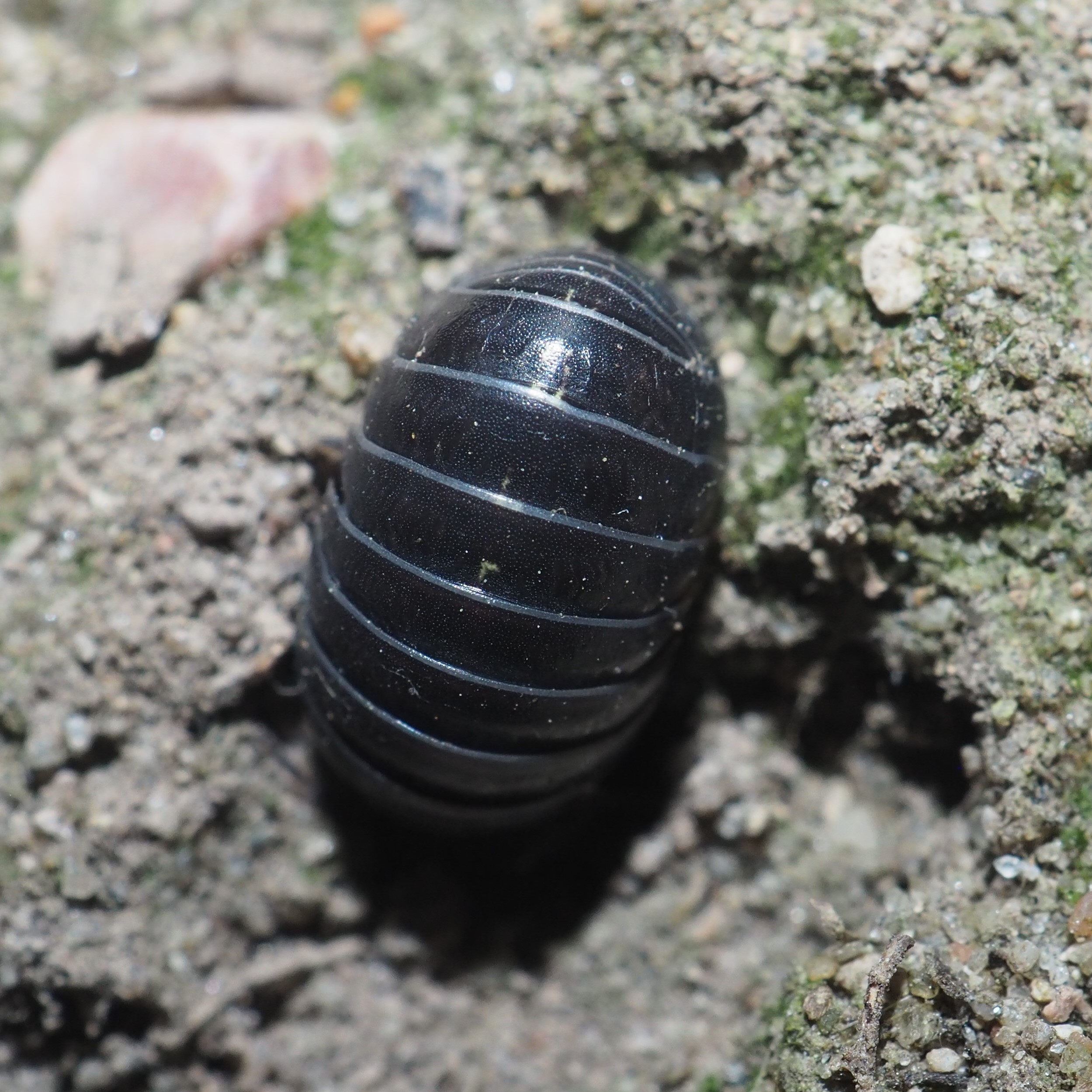
Well, Friends, it has been a long week. AALL classes, medical appointments, Online classes. Part of every Senior's life and then some. Let's hope the next week is less frenetic. Give yourself as much time as possible to have lunch with a friend, read a book of some sort, Zoom with someone not near but dear, smell a flower, pat a cat, talk with a spider.
Love, Martha
Back to May 15, 2022
Forward to May 29, 2022
Back to main menu
copyright Martha O'Kennon 2022

























































 <
<
























